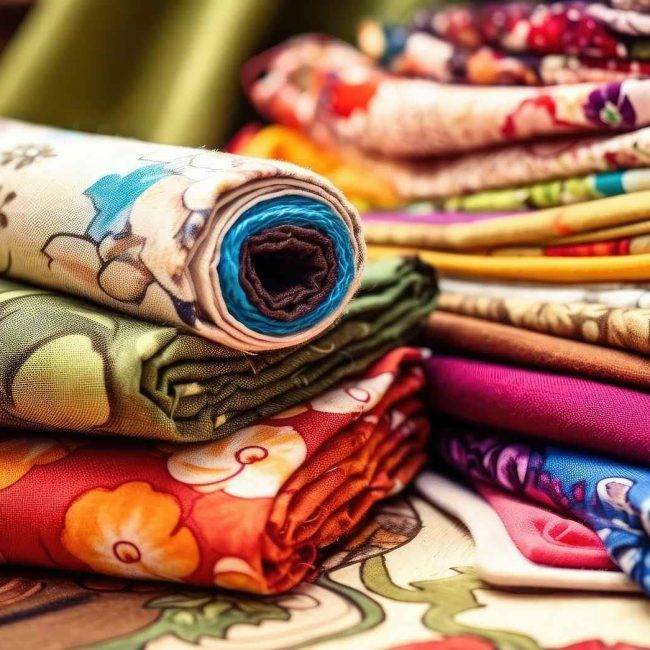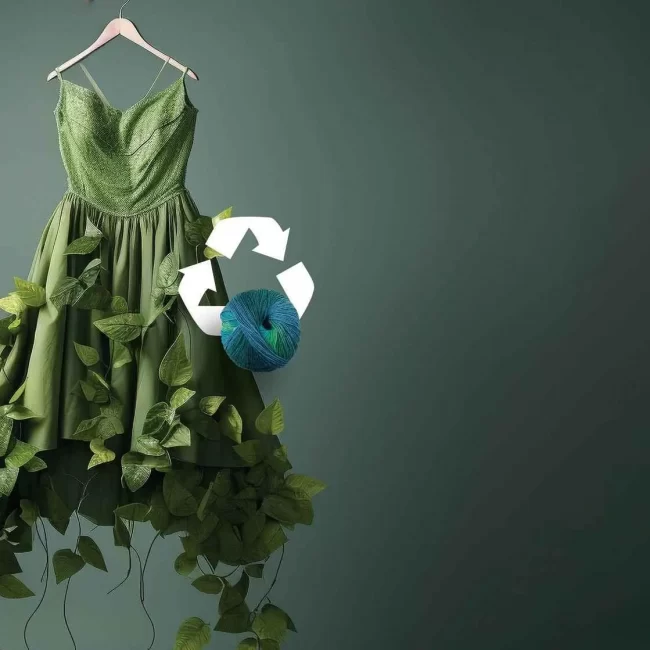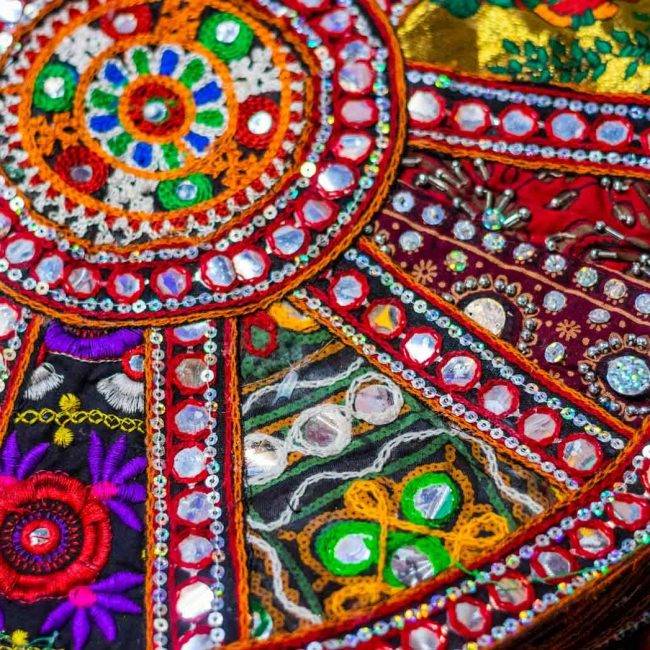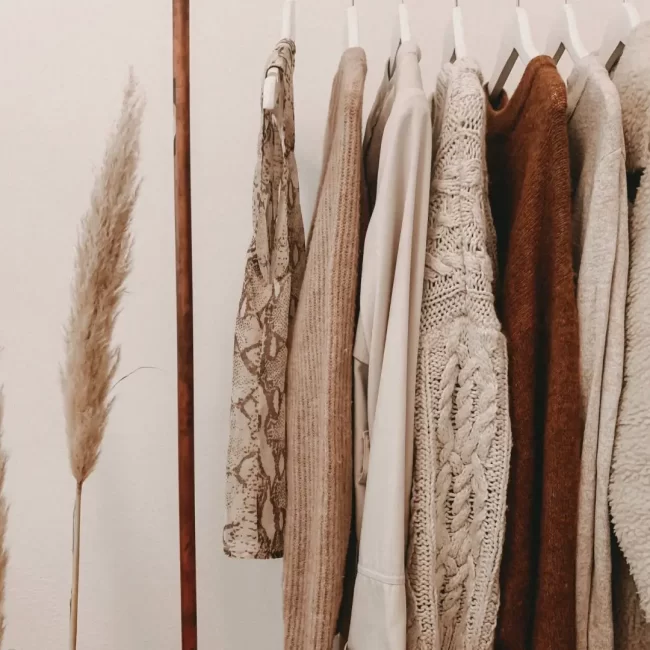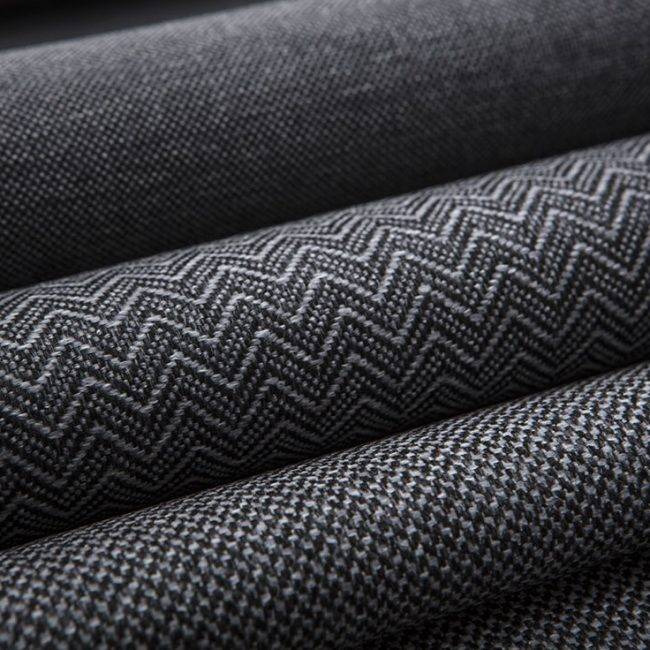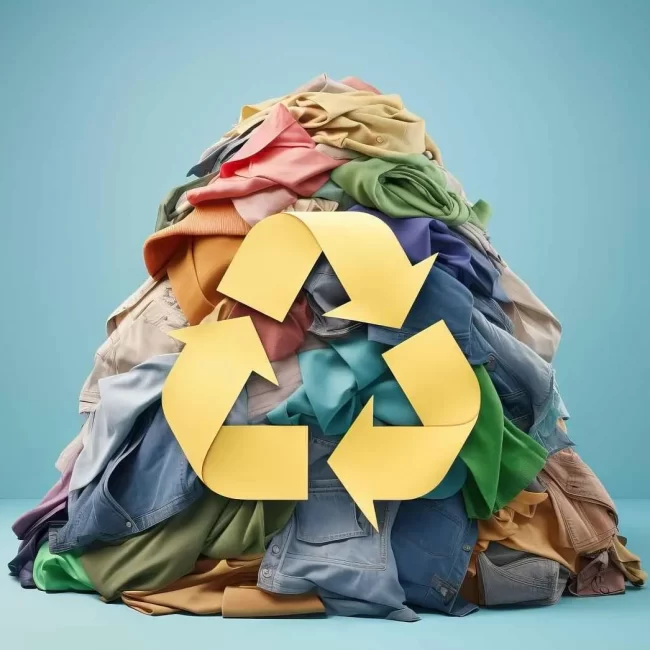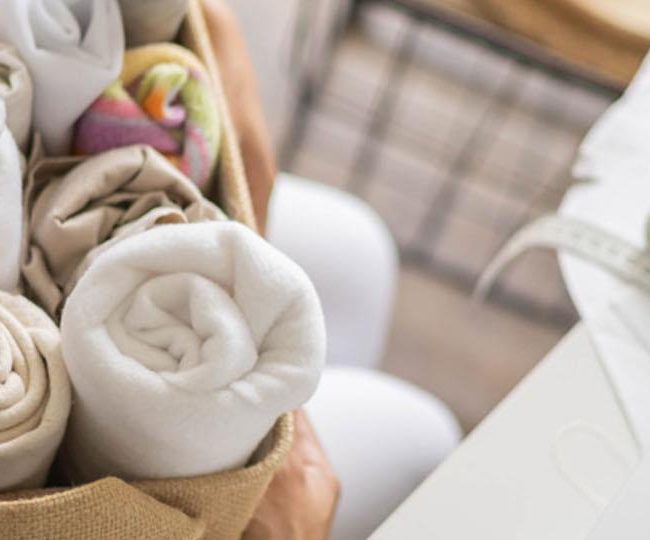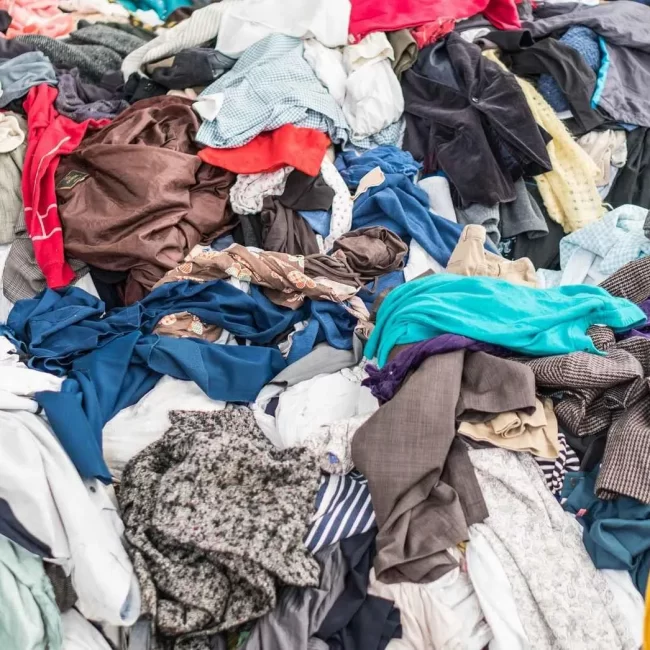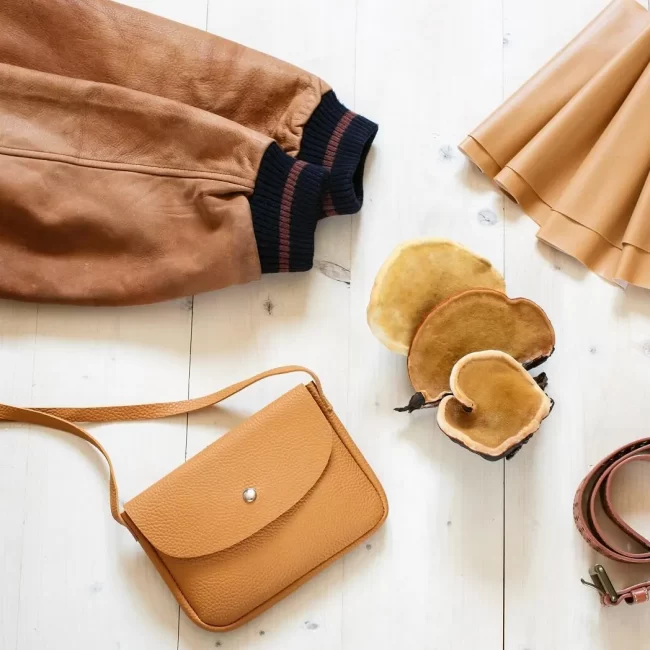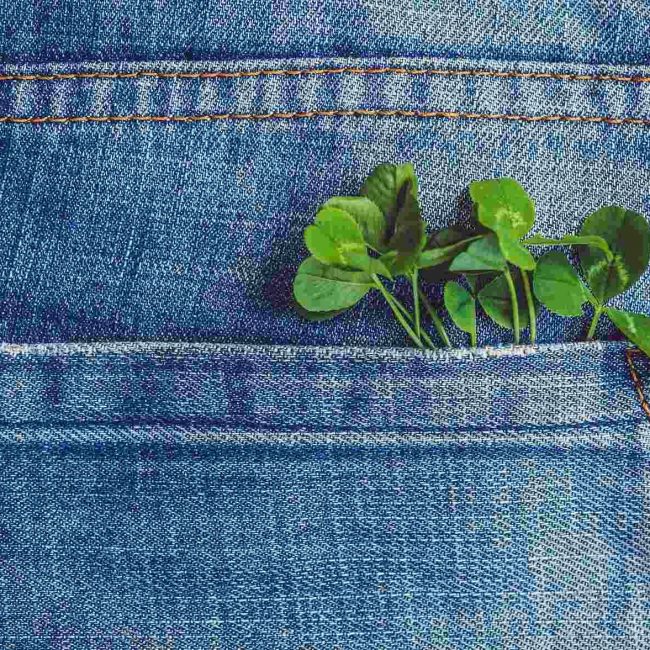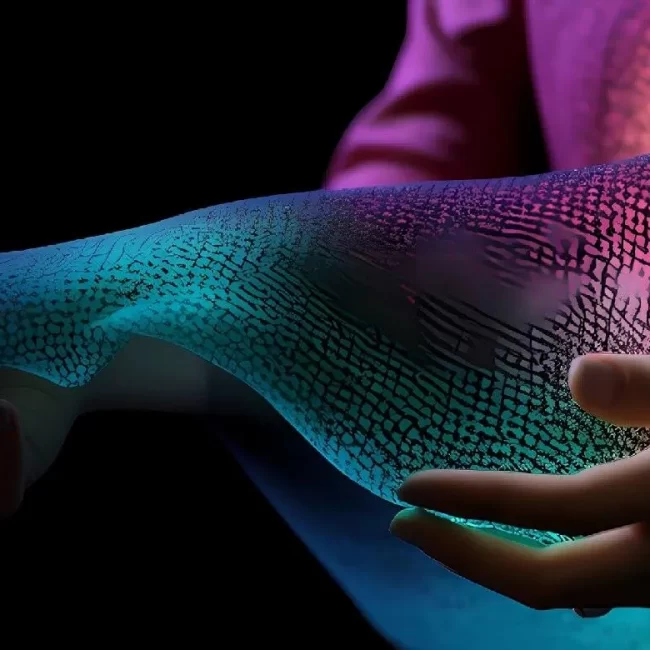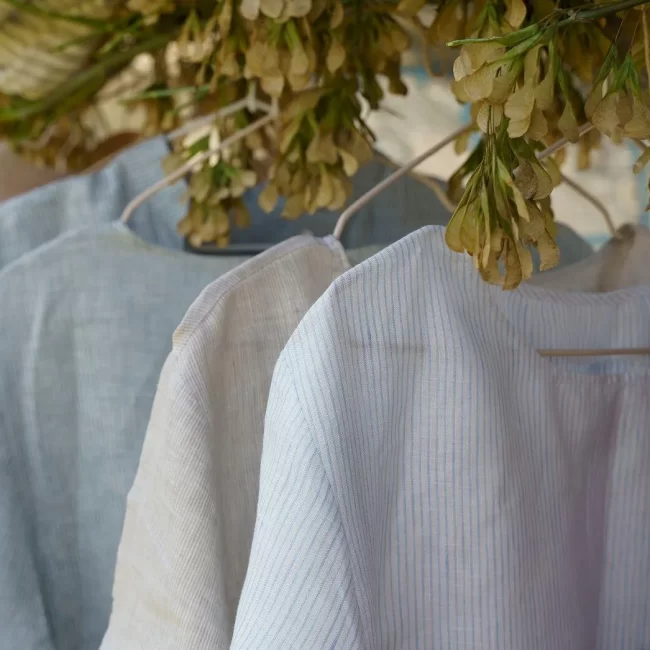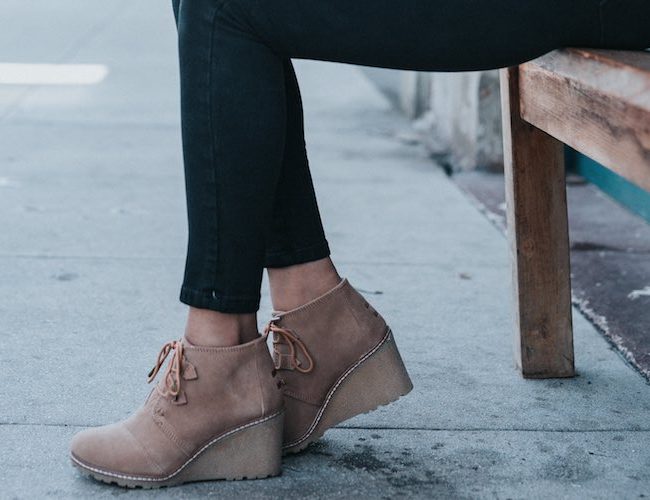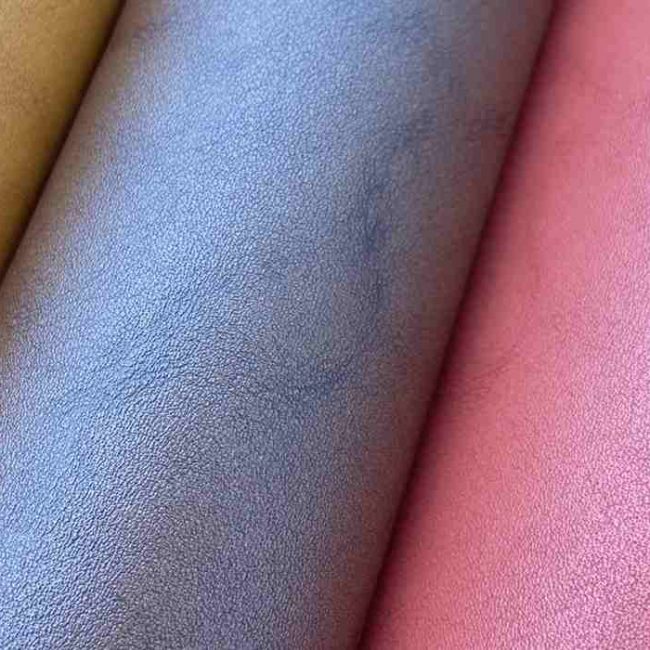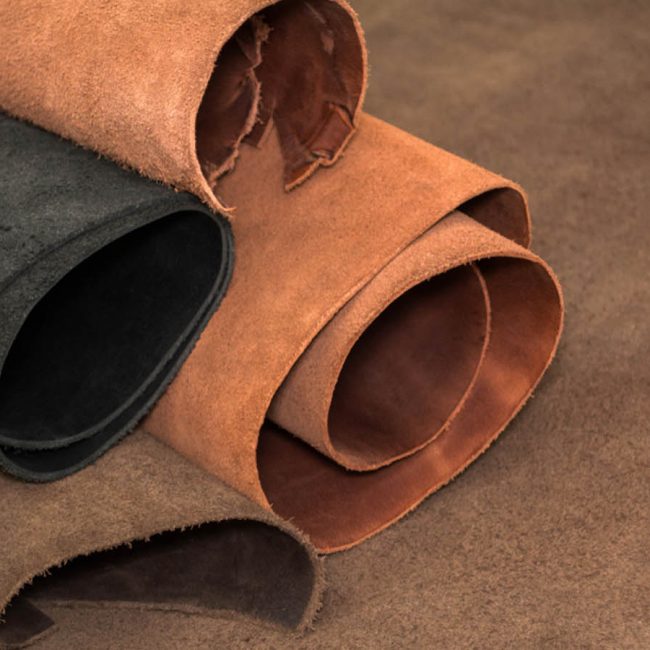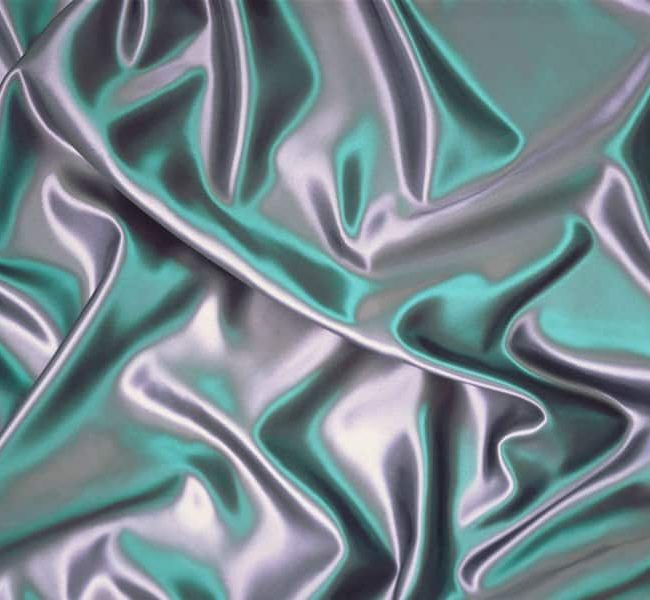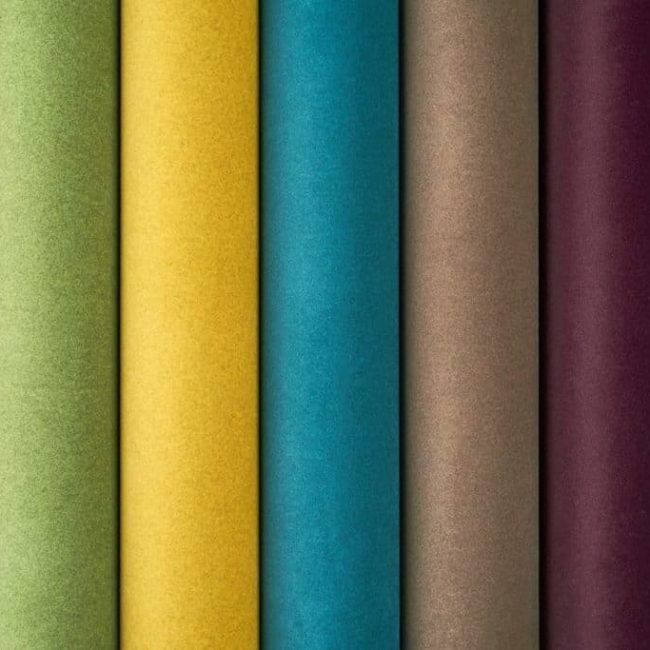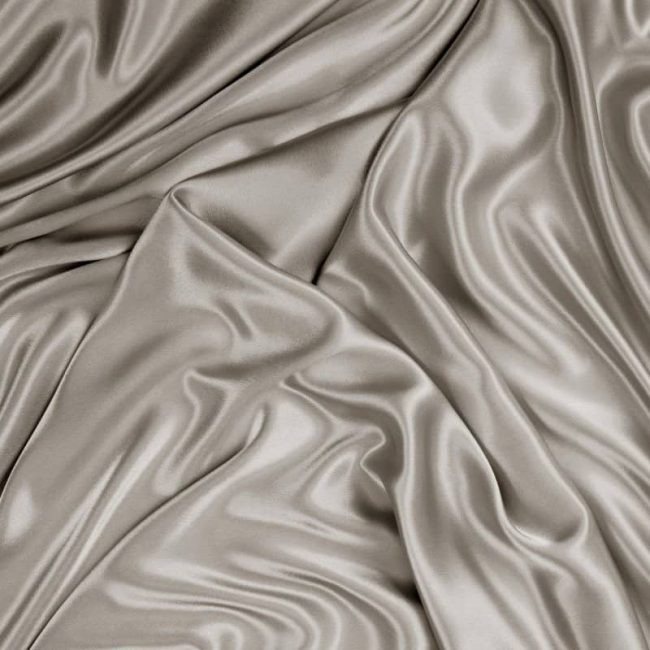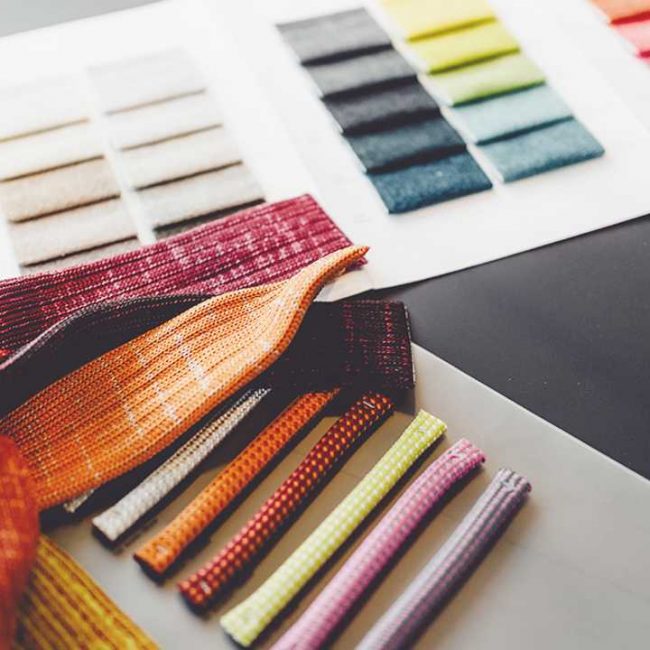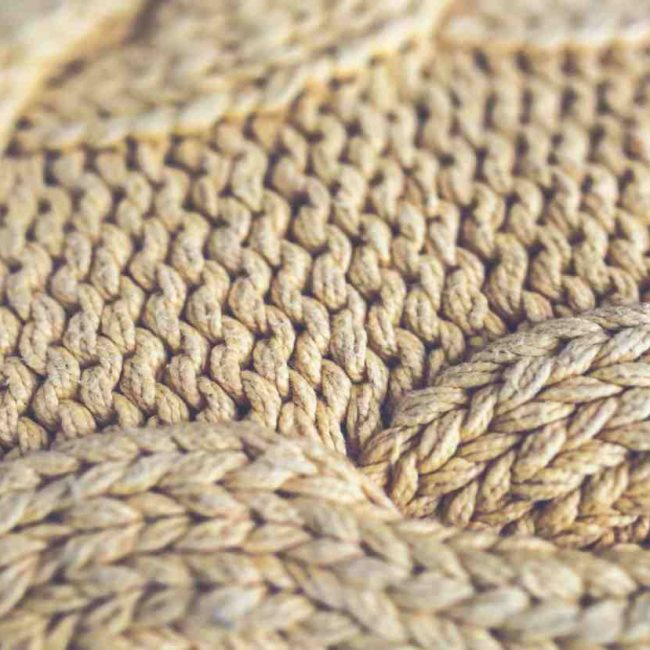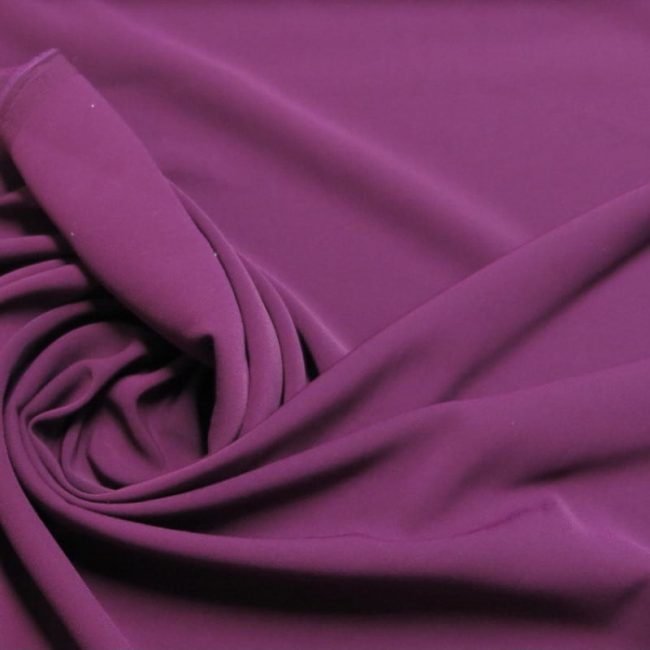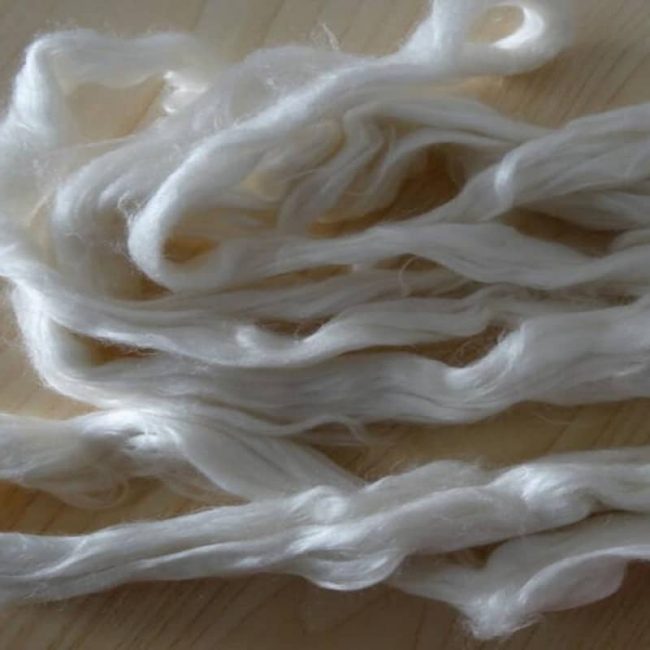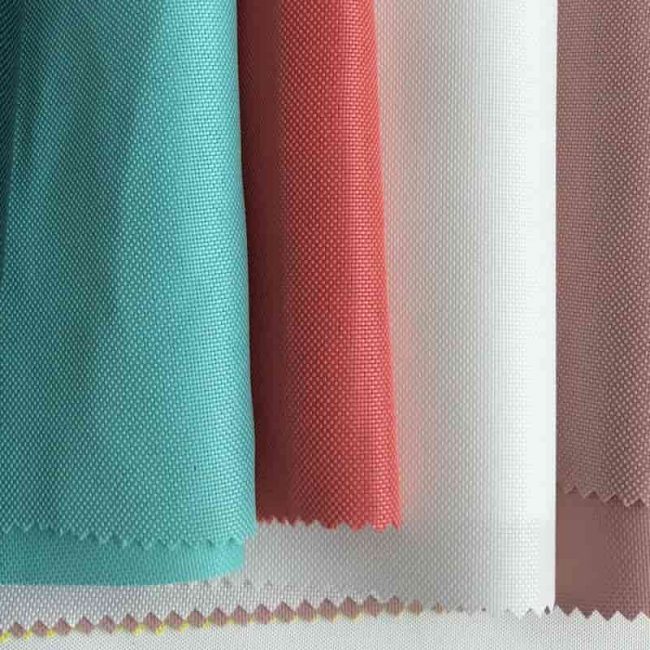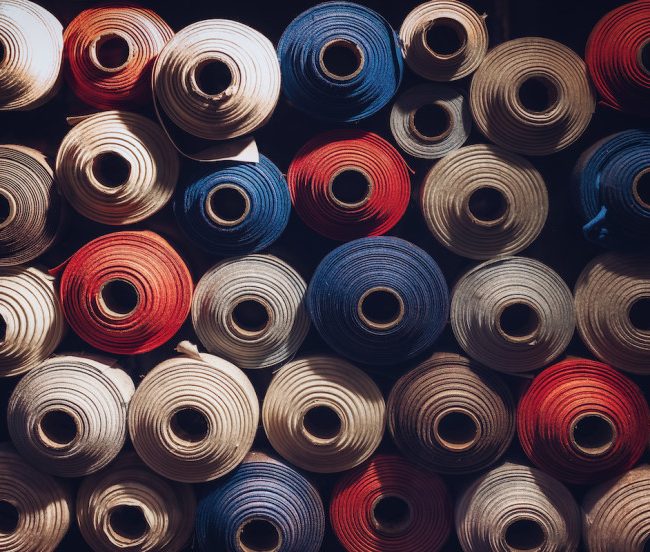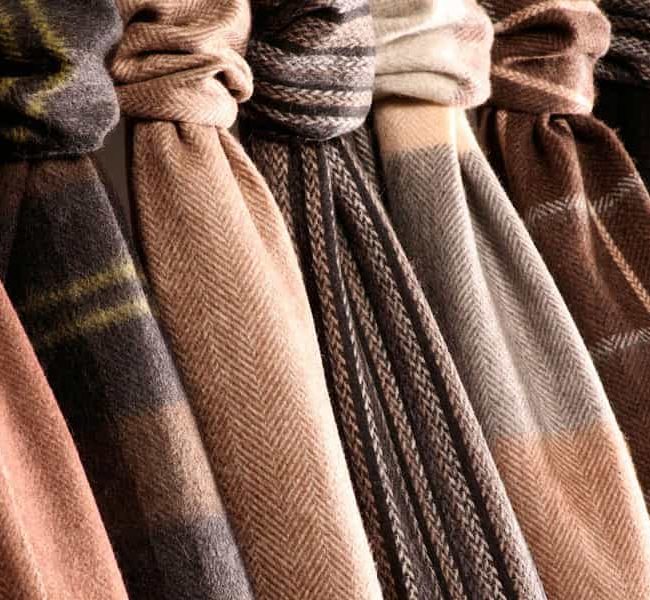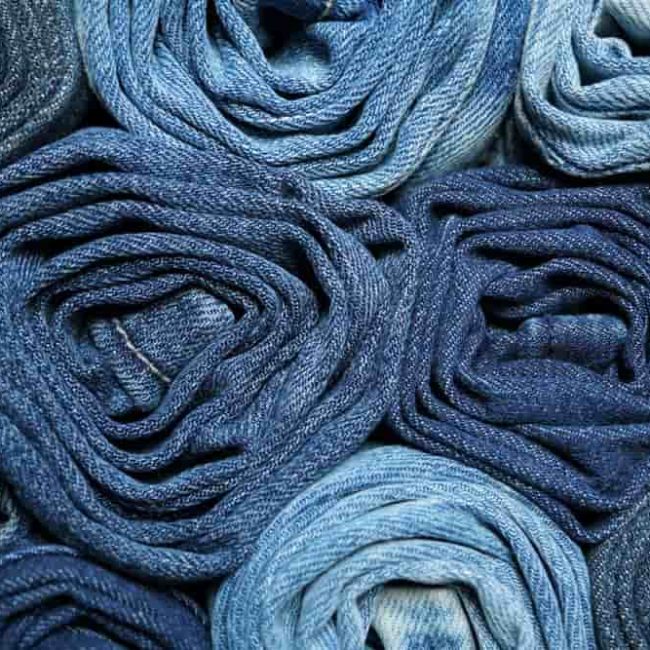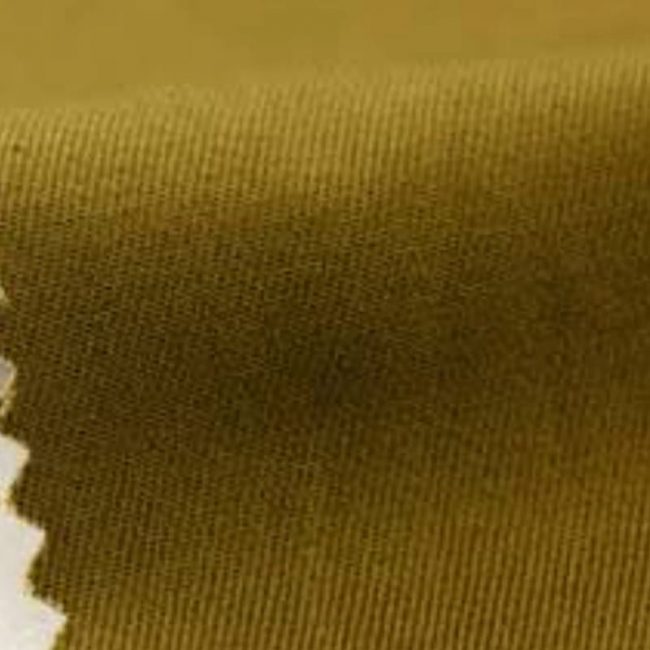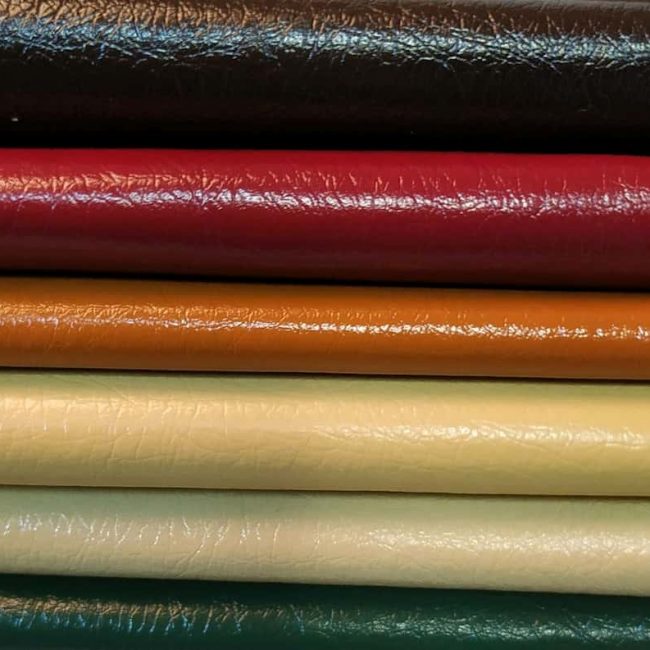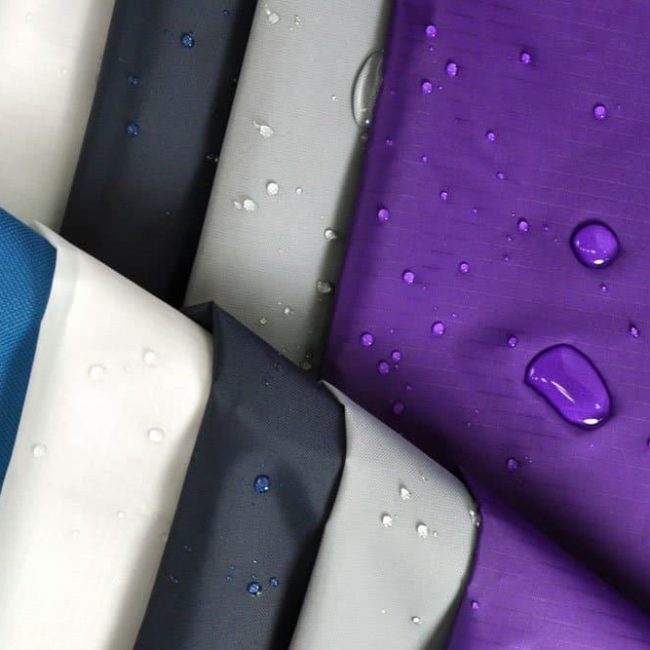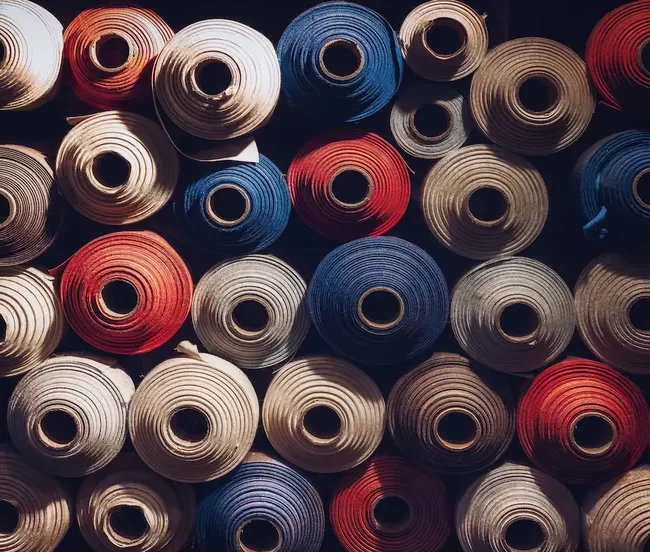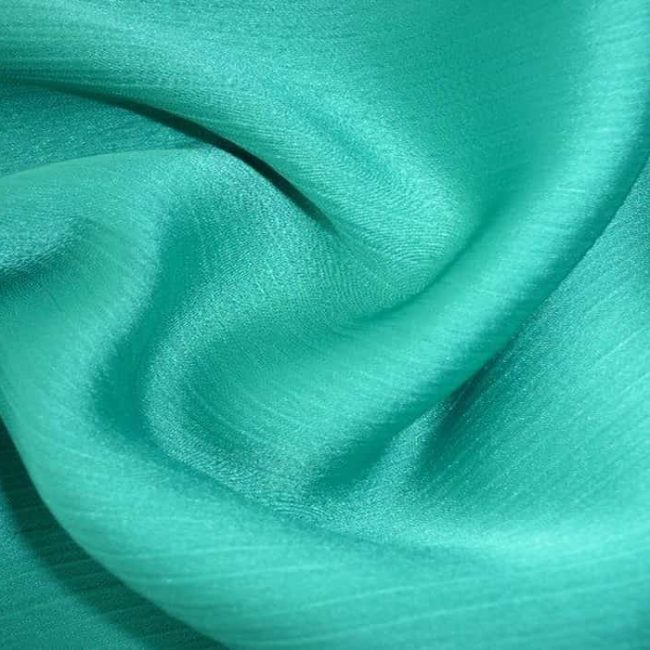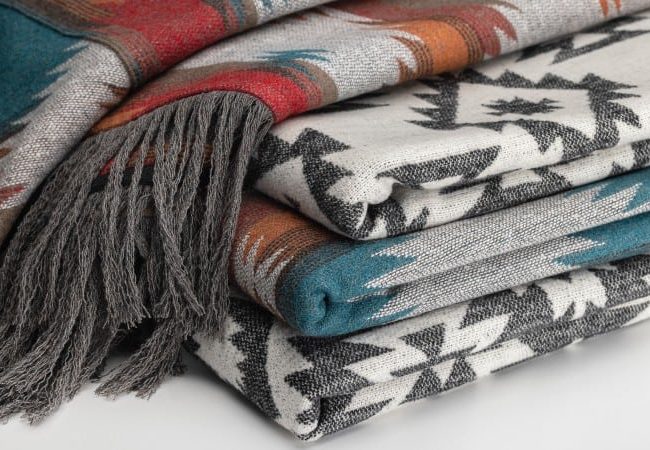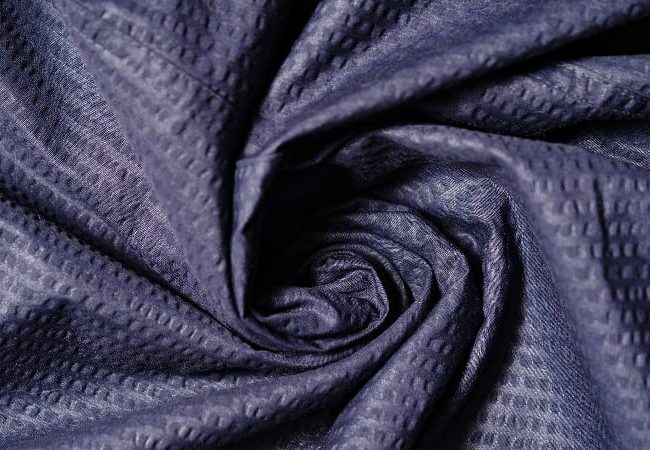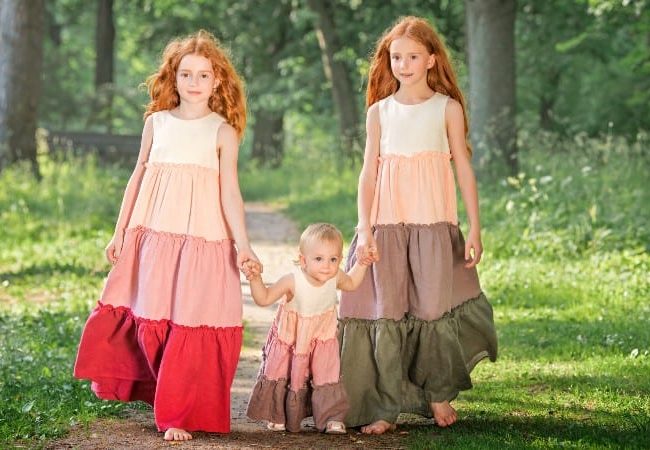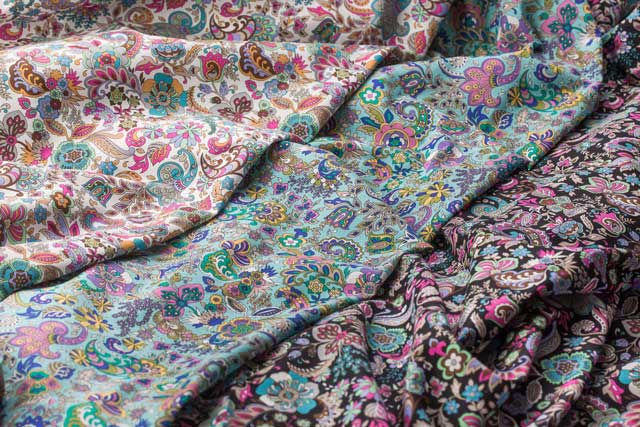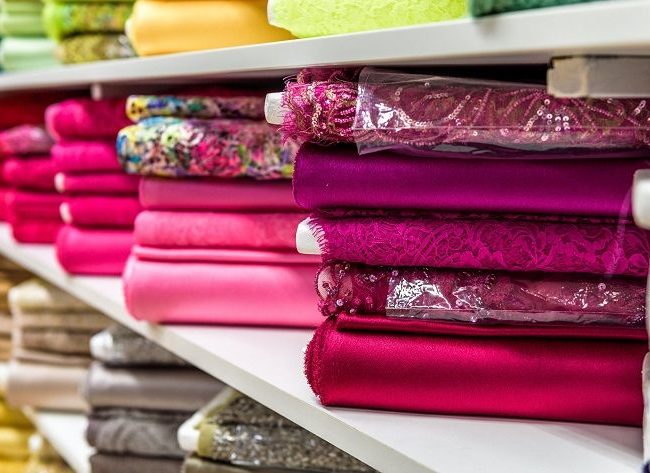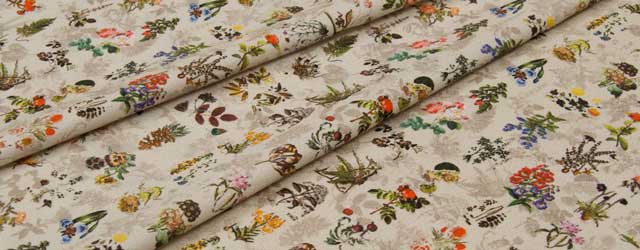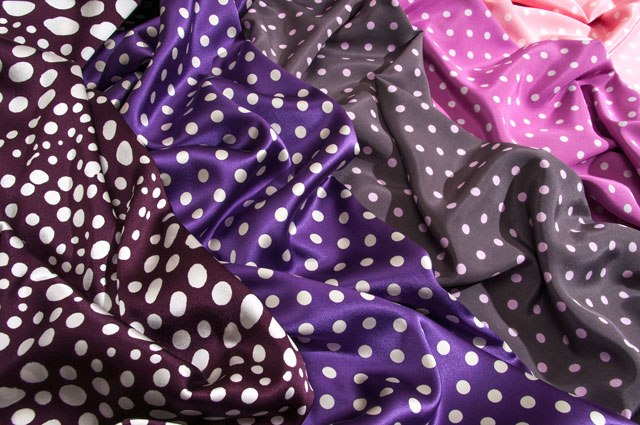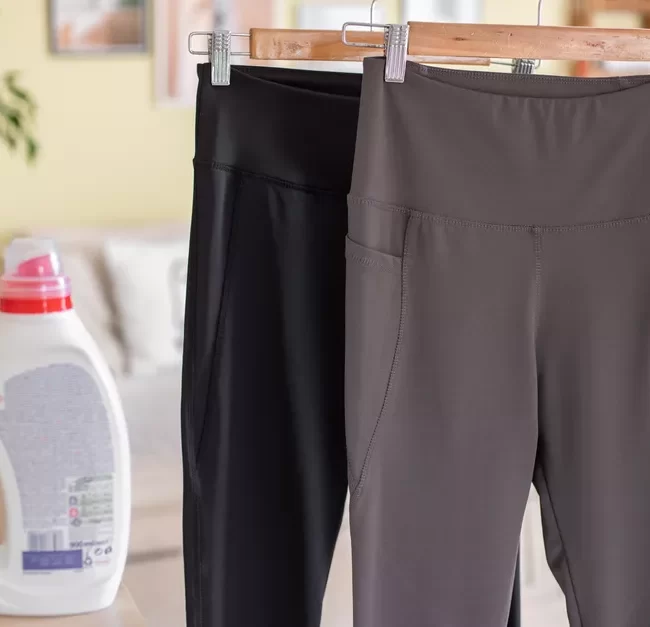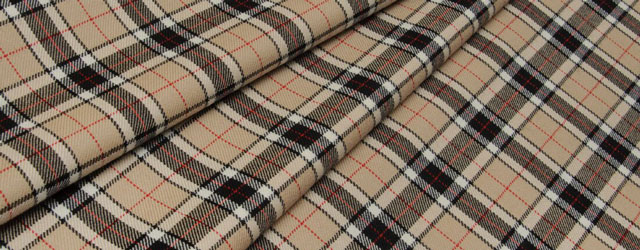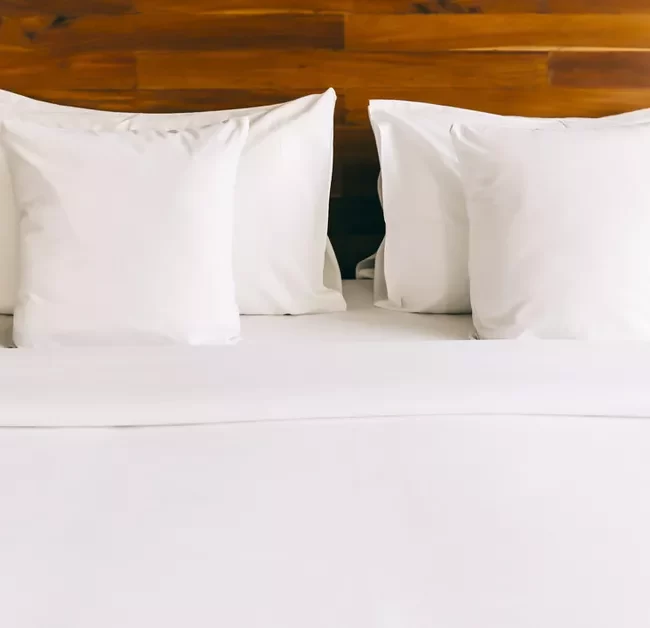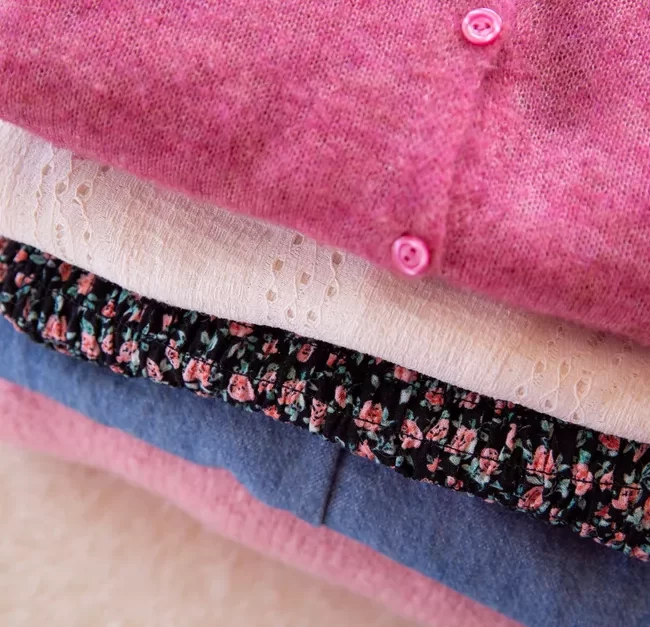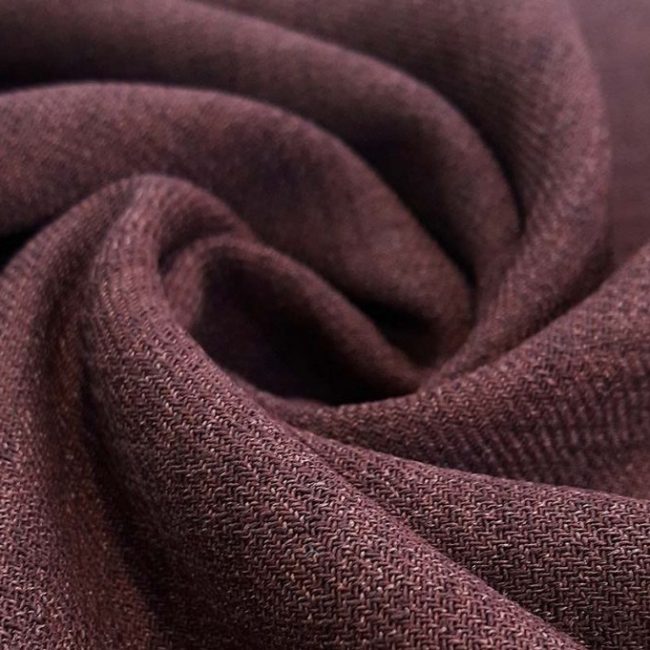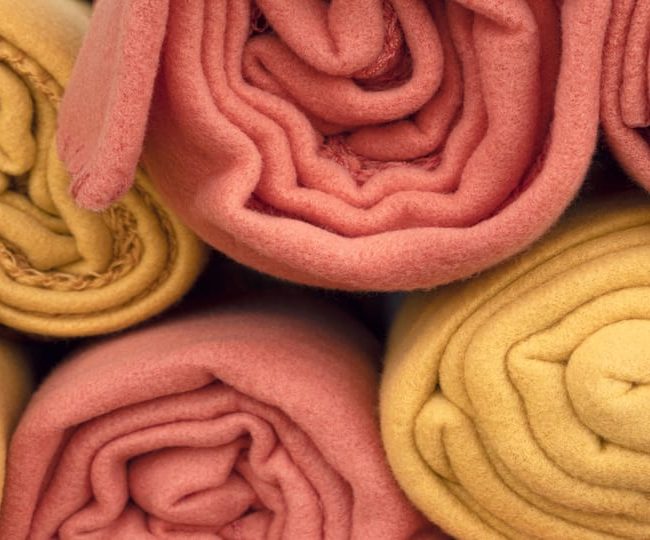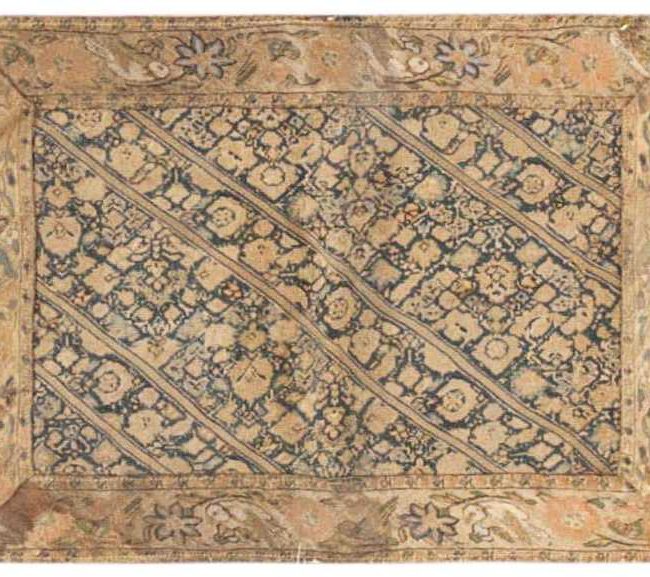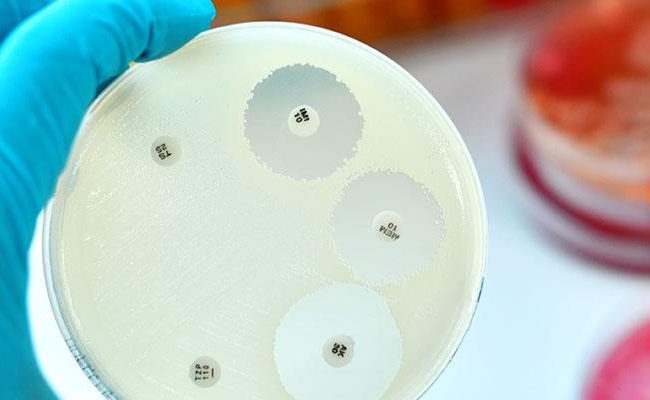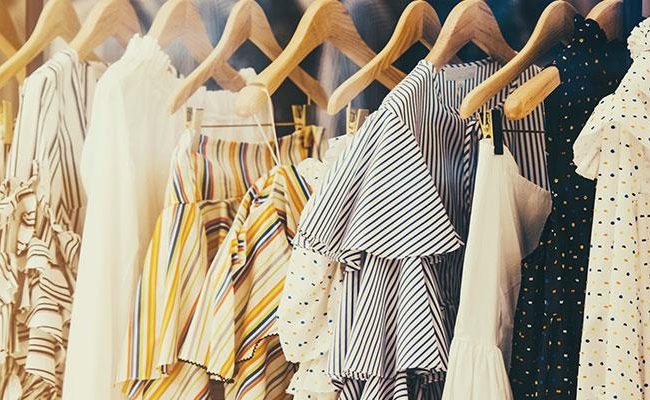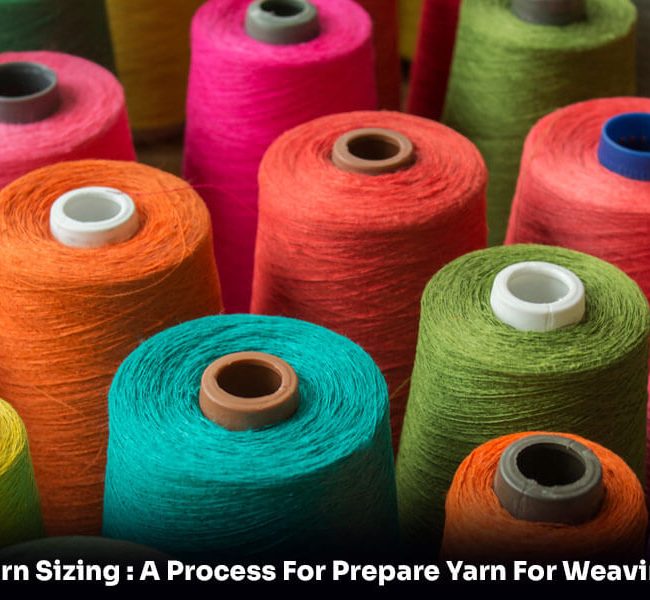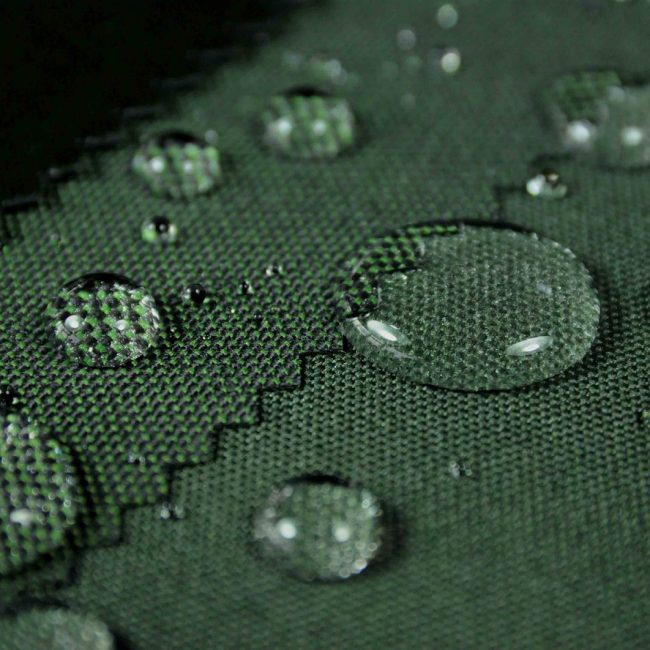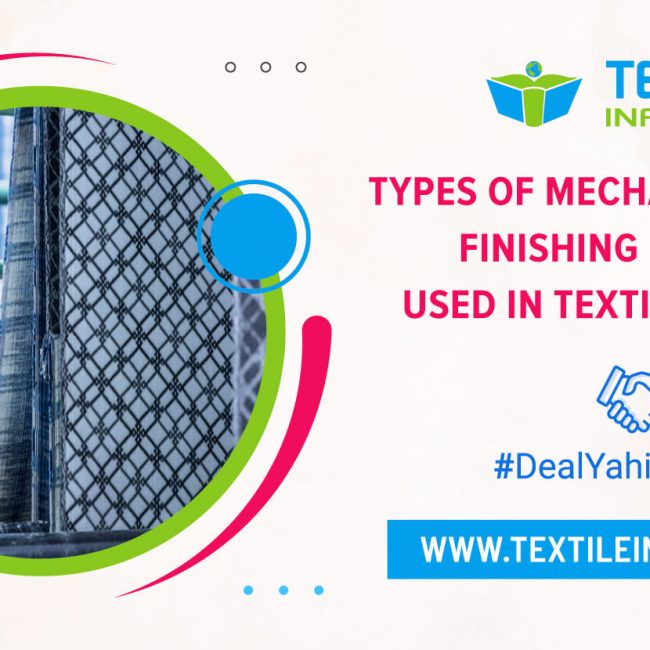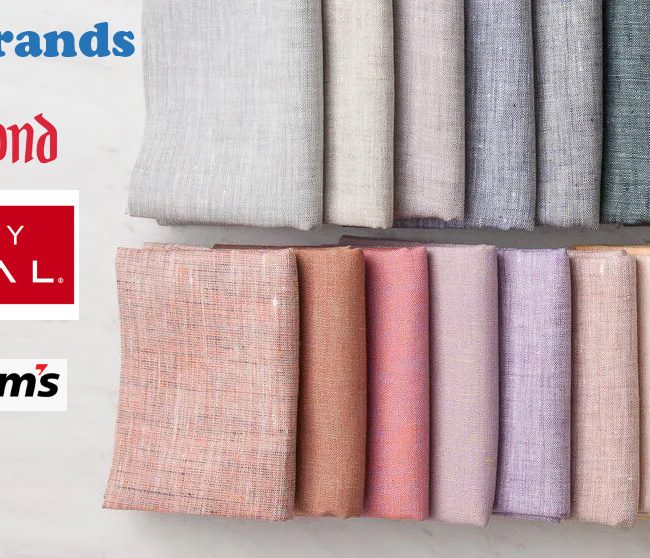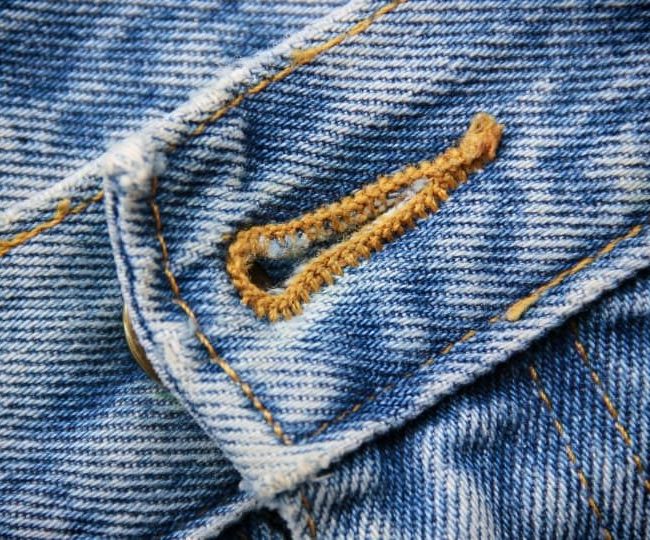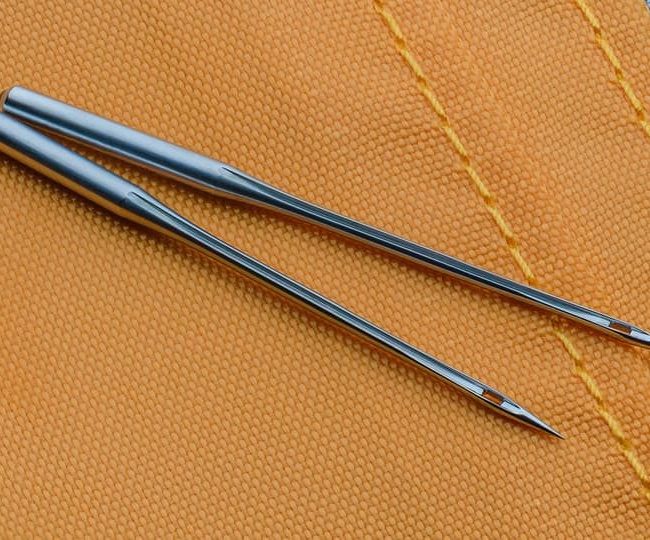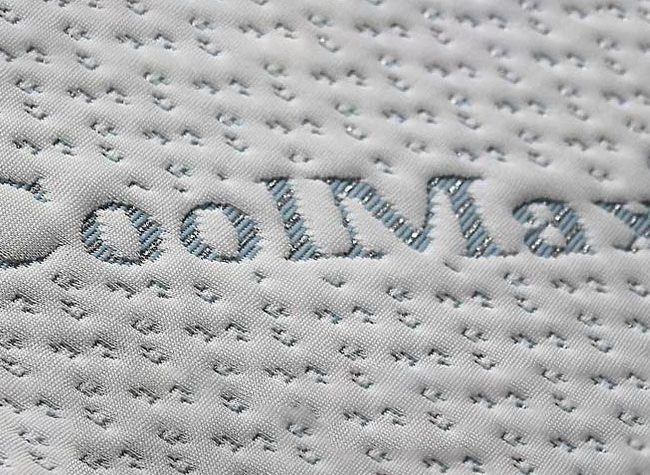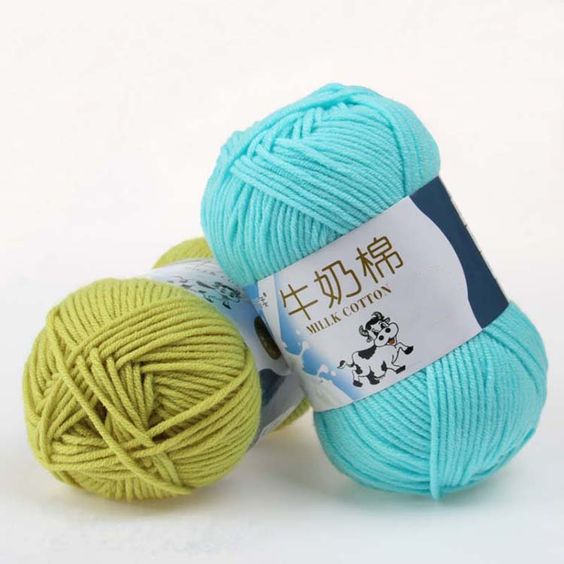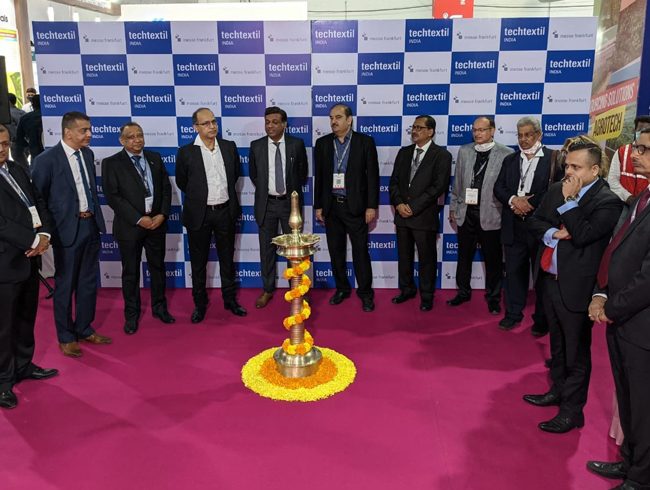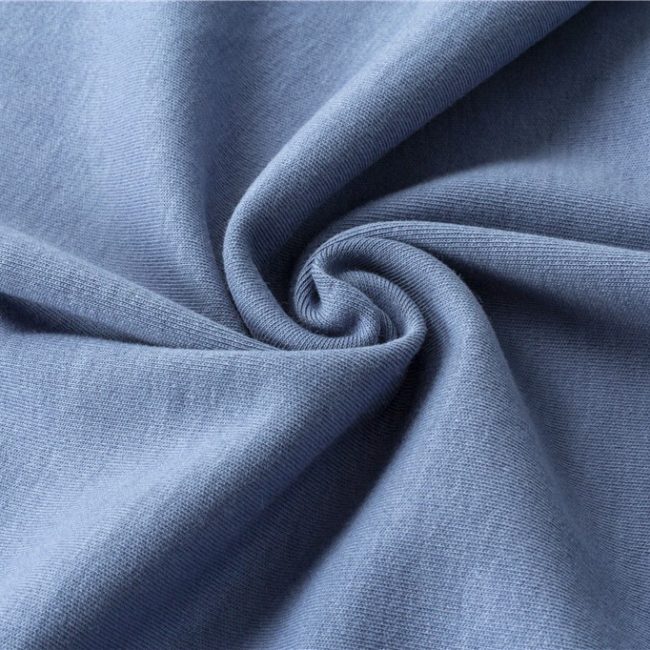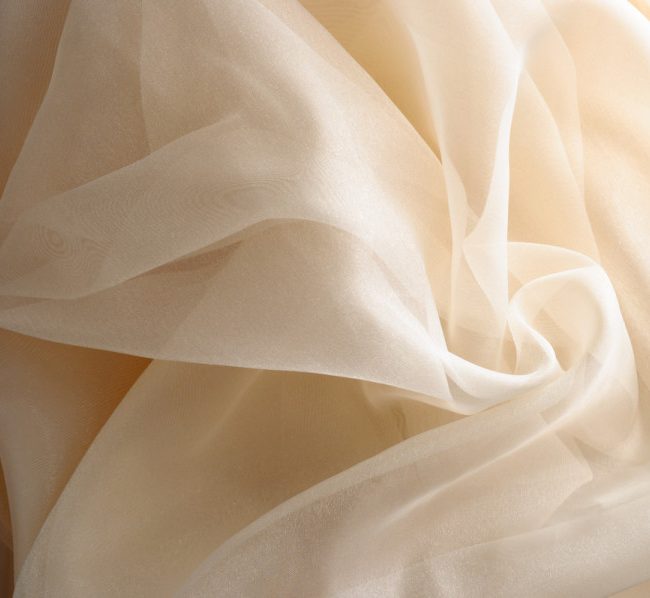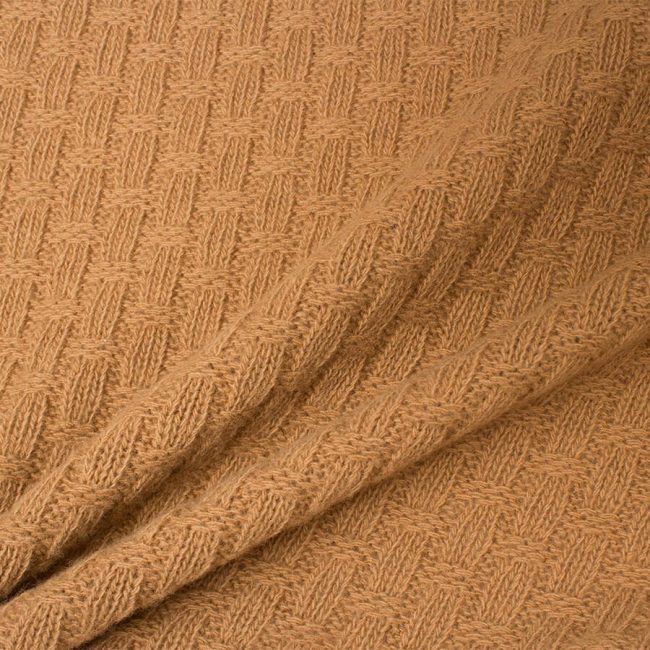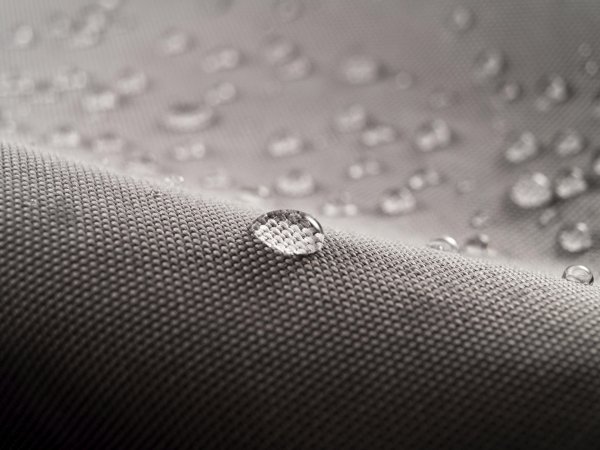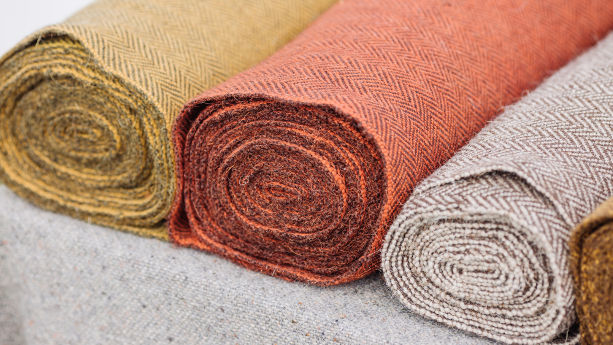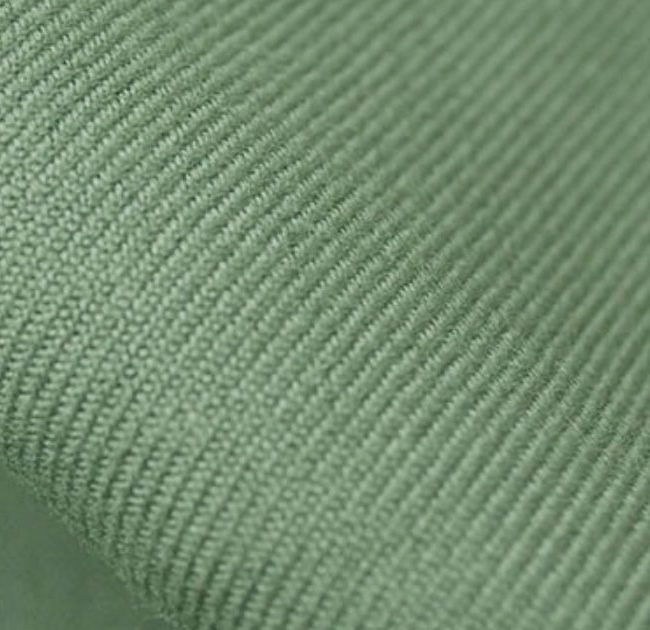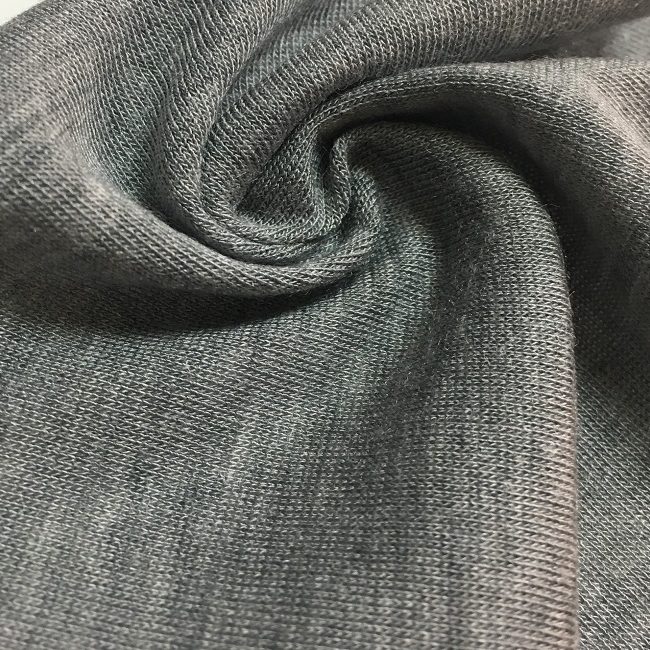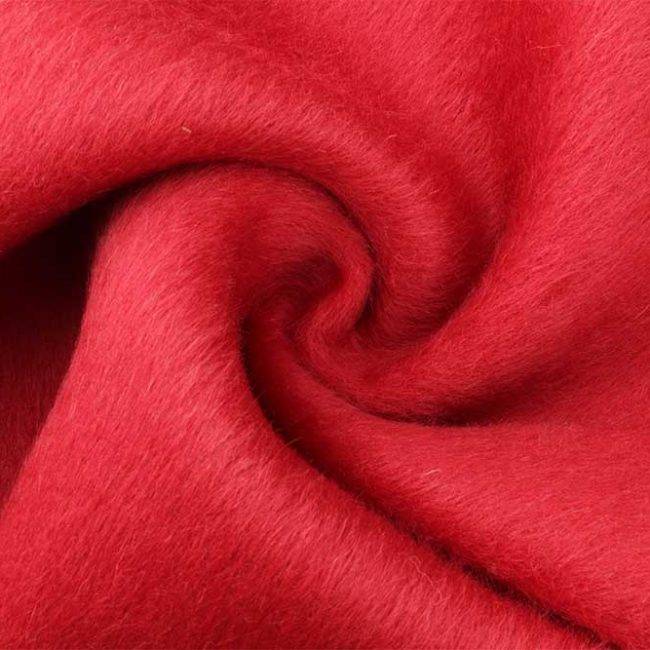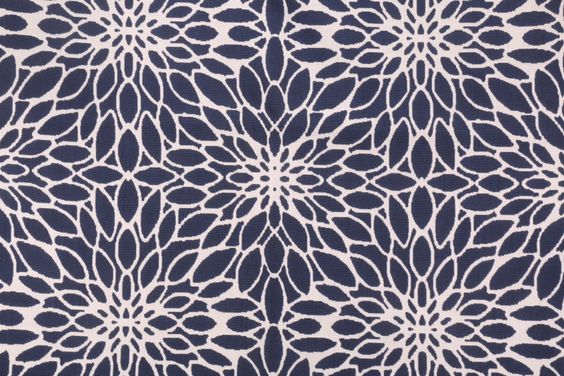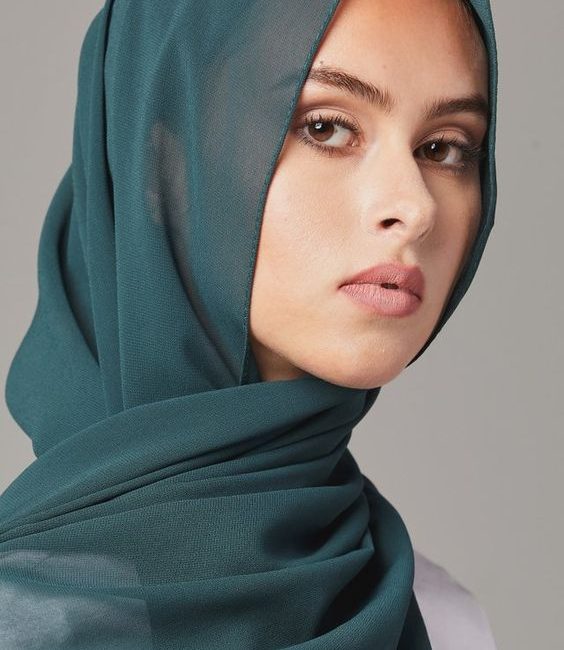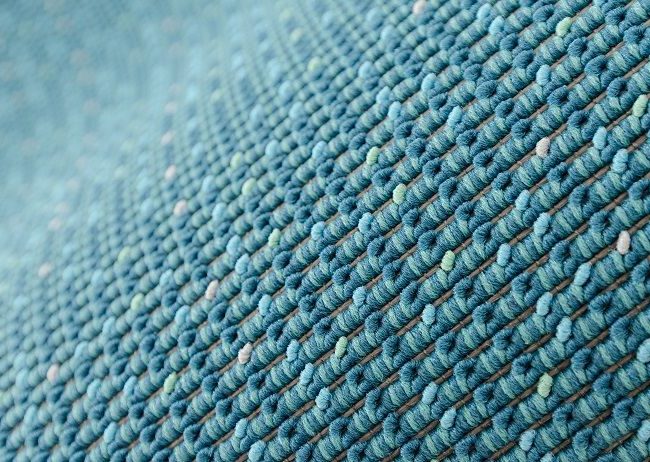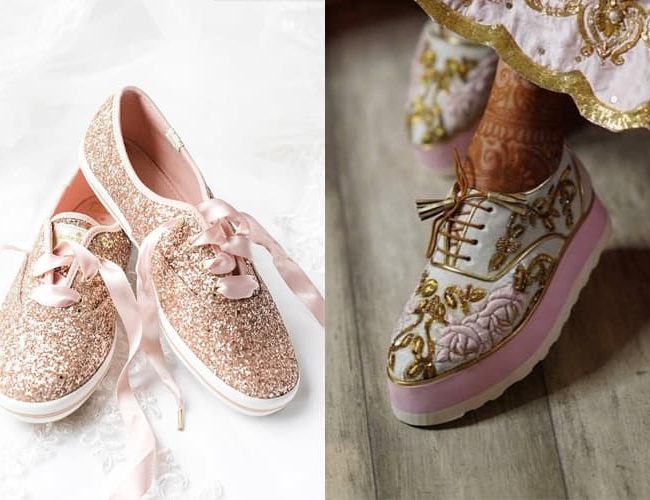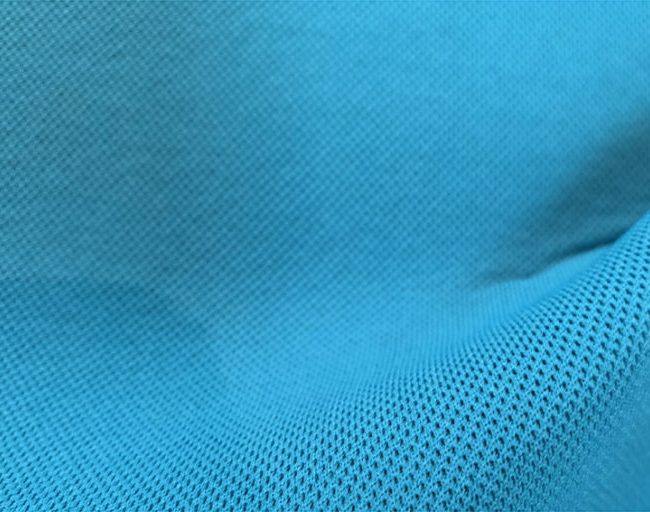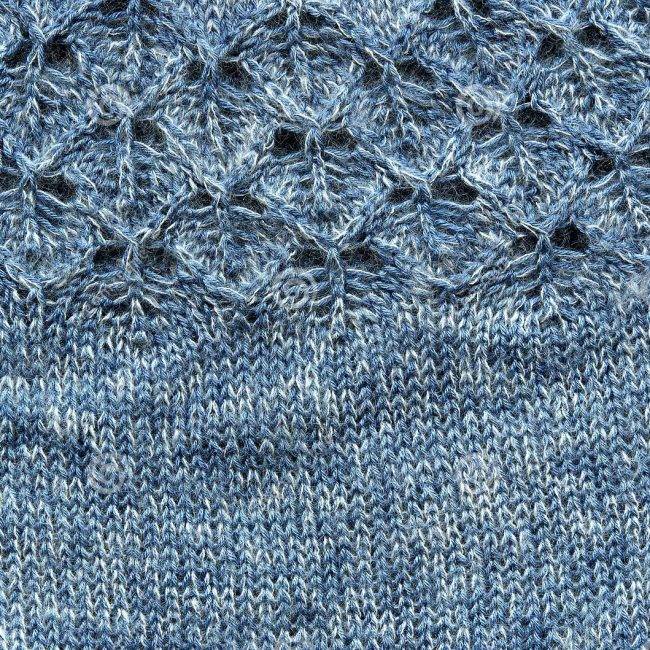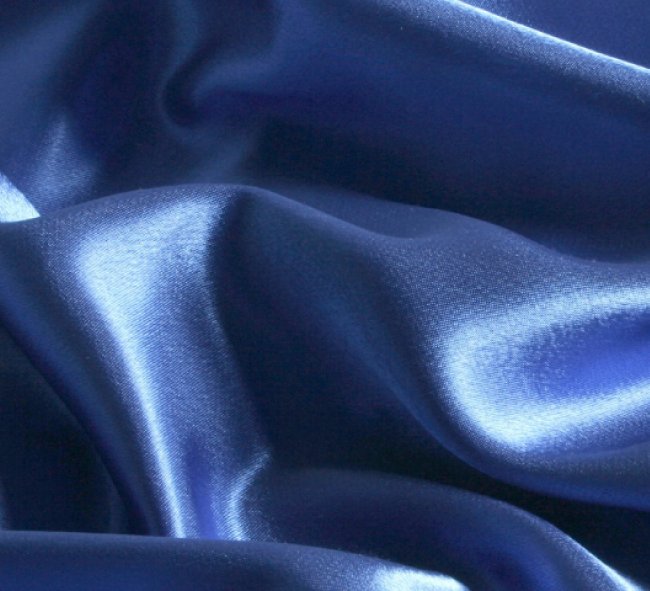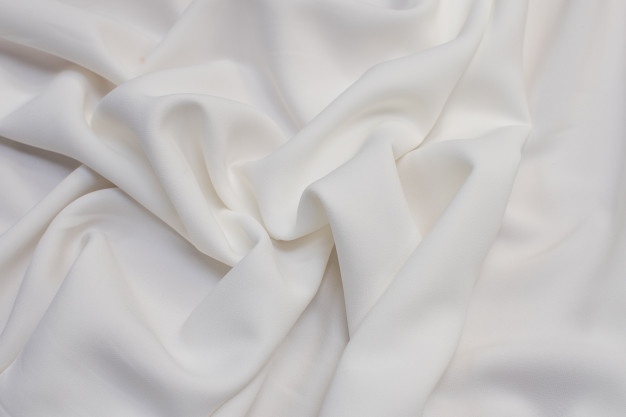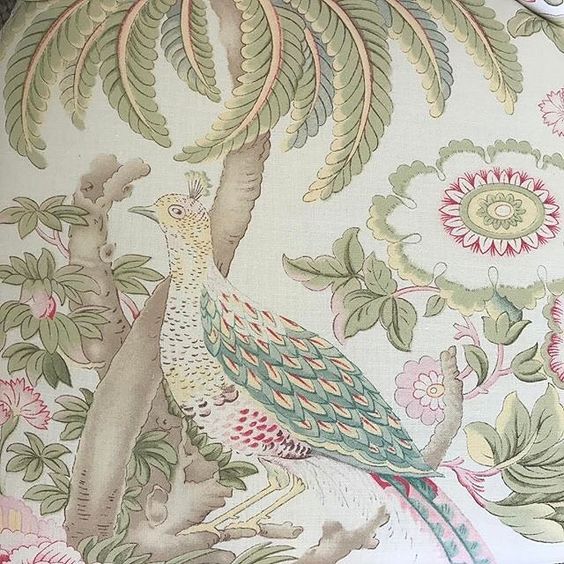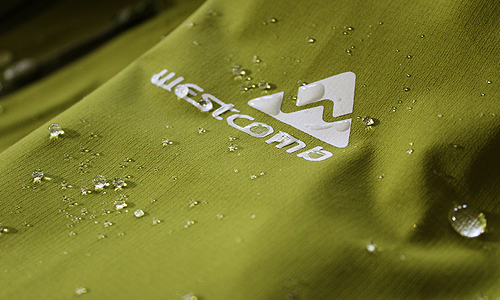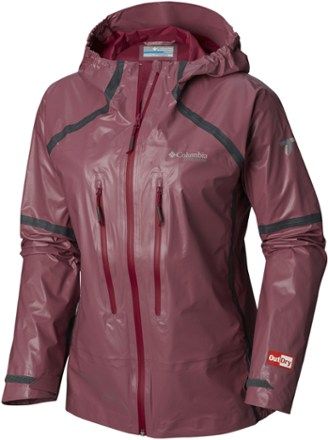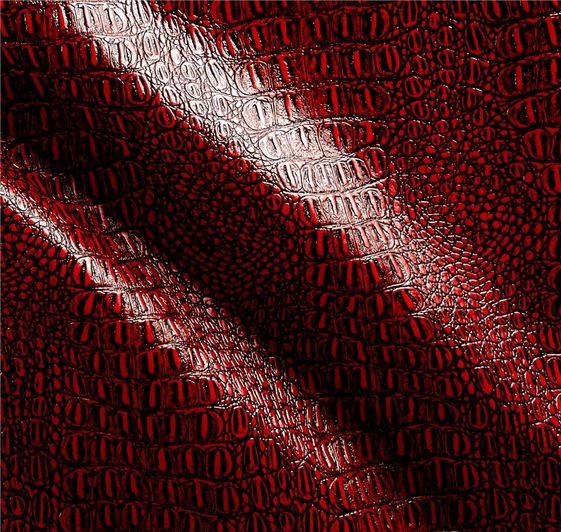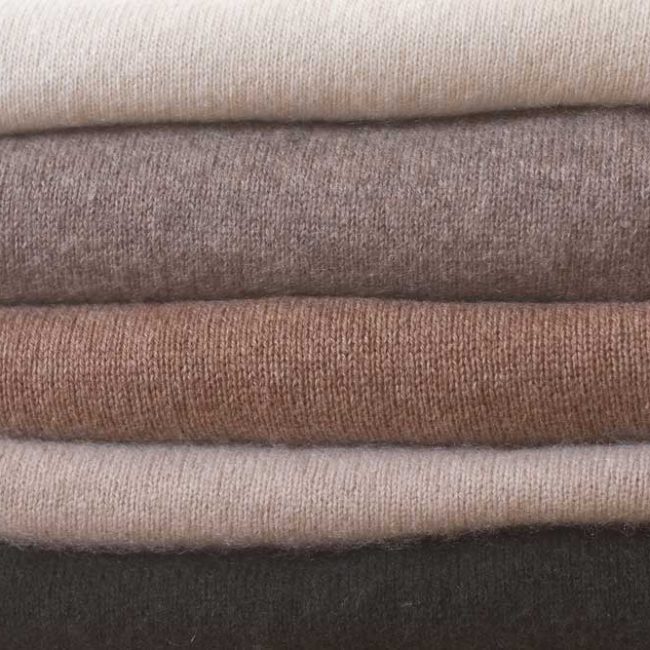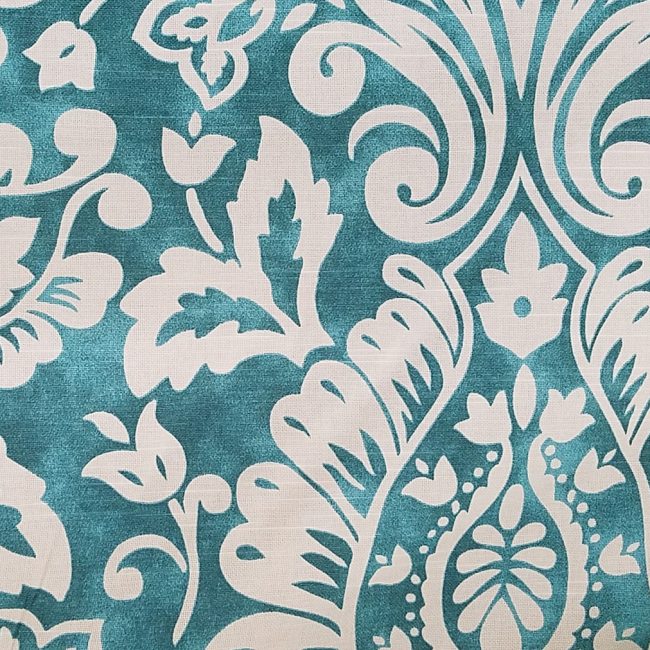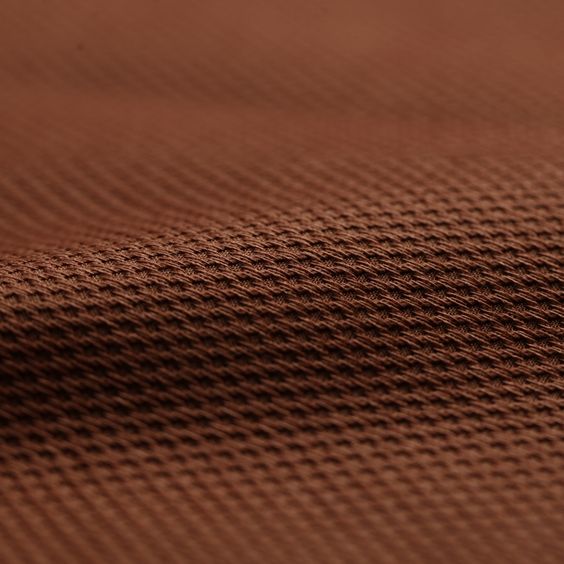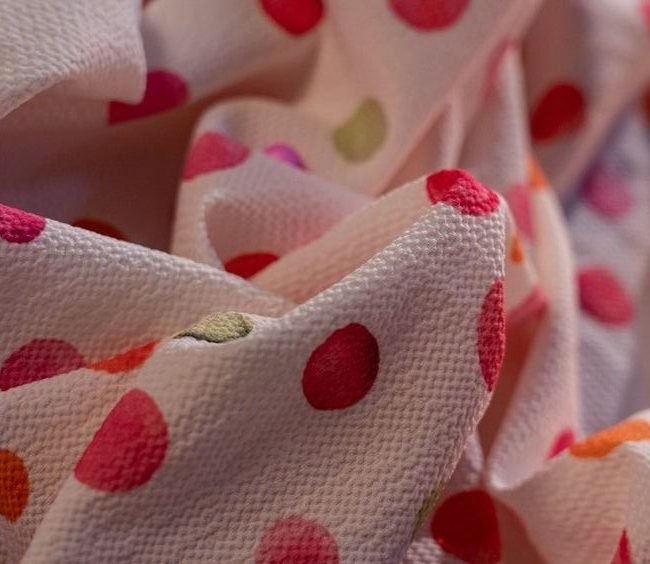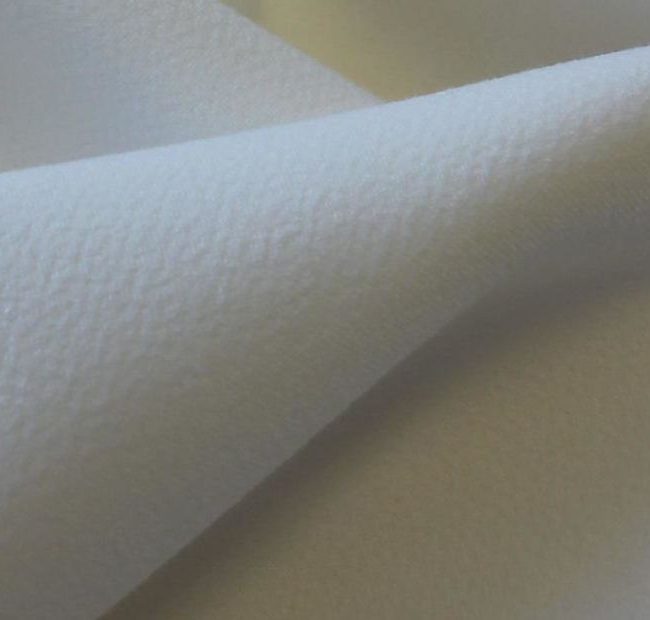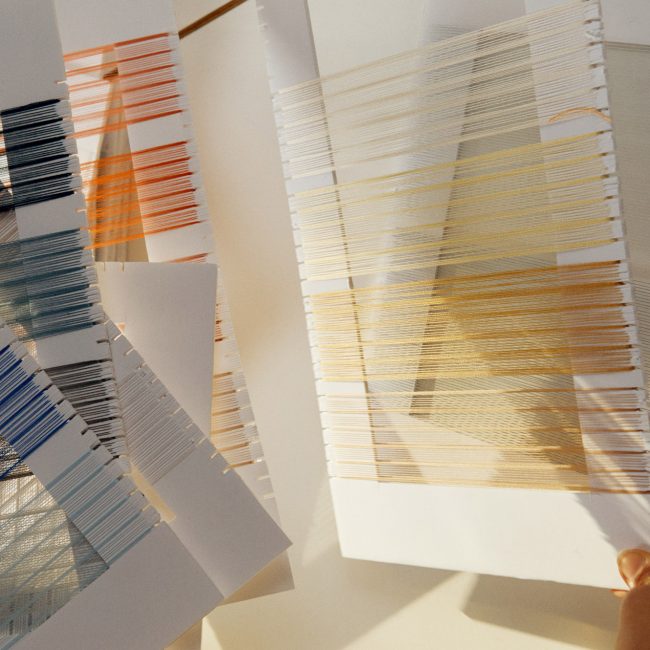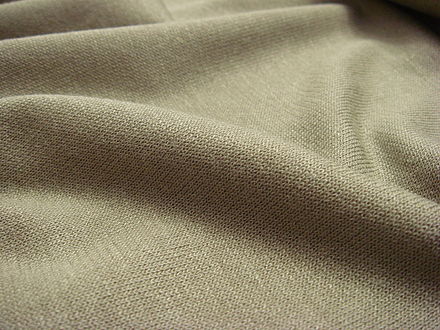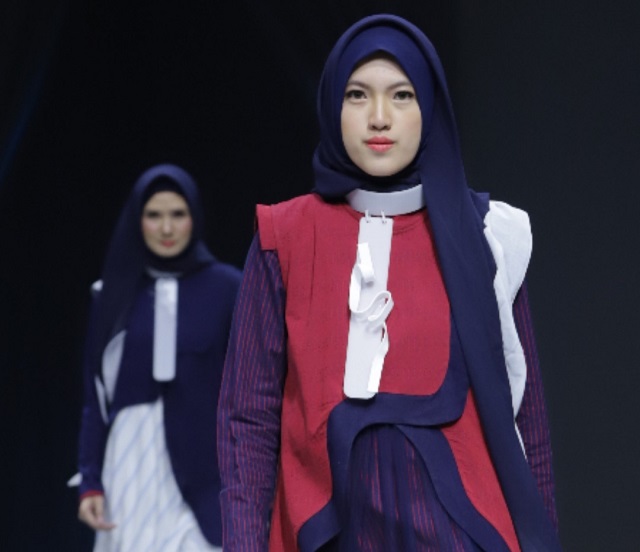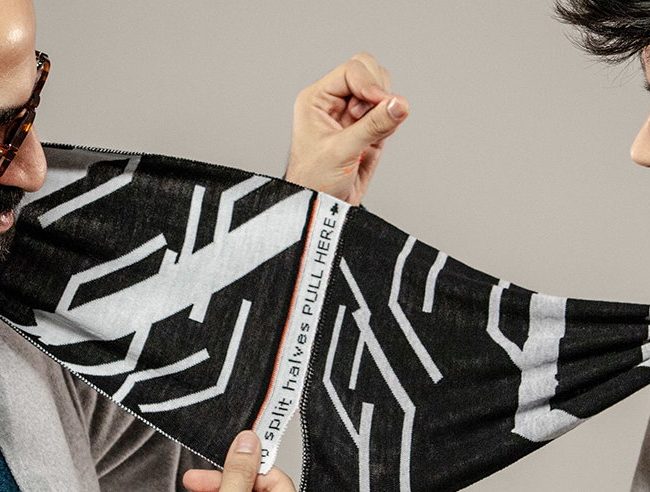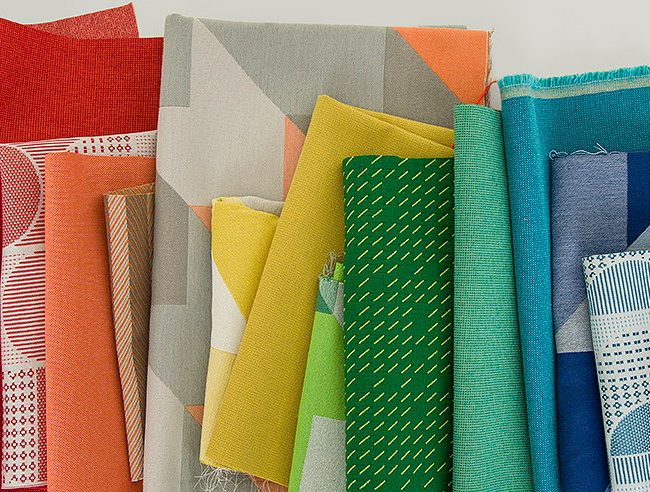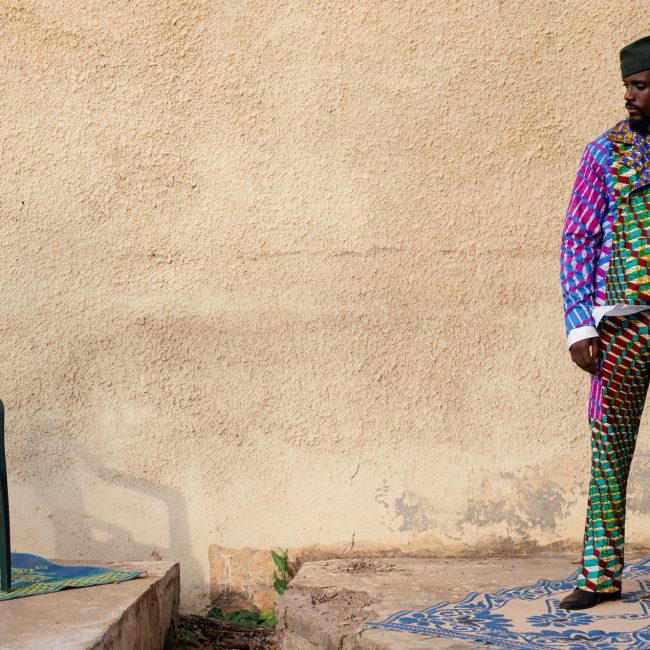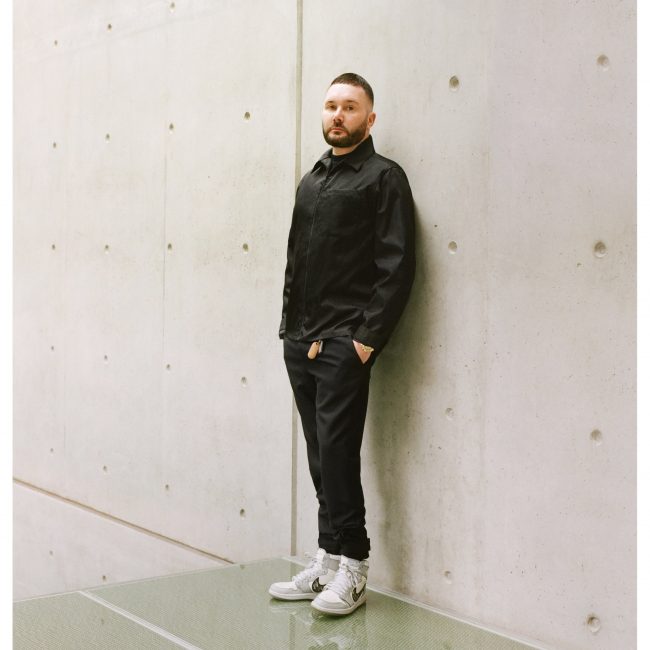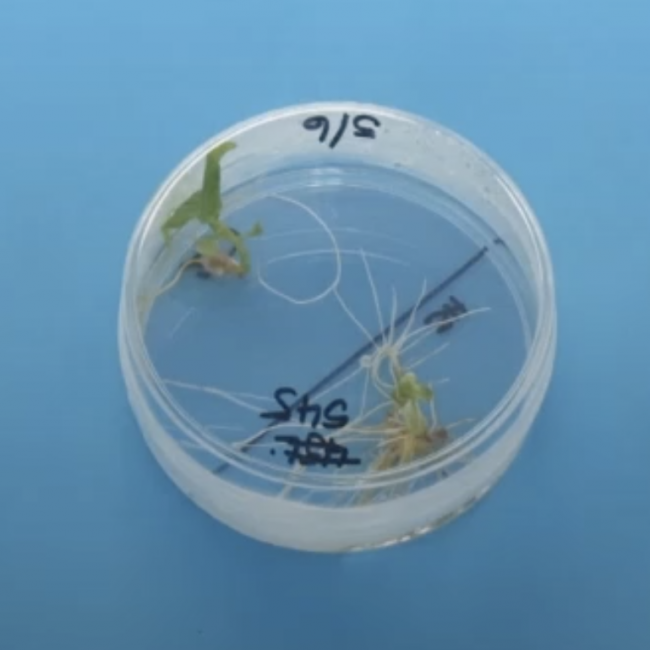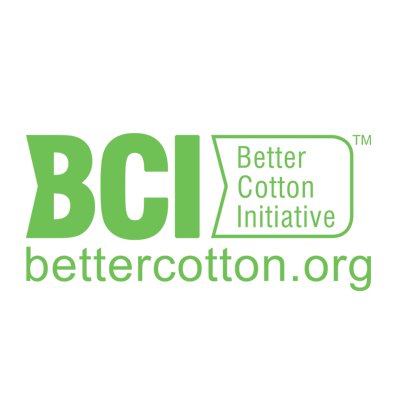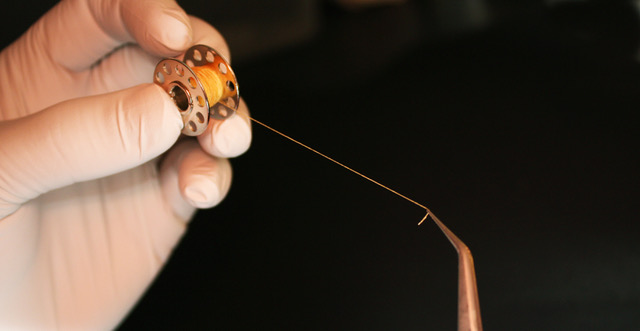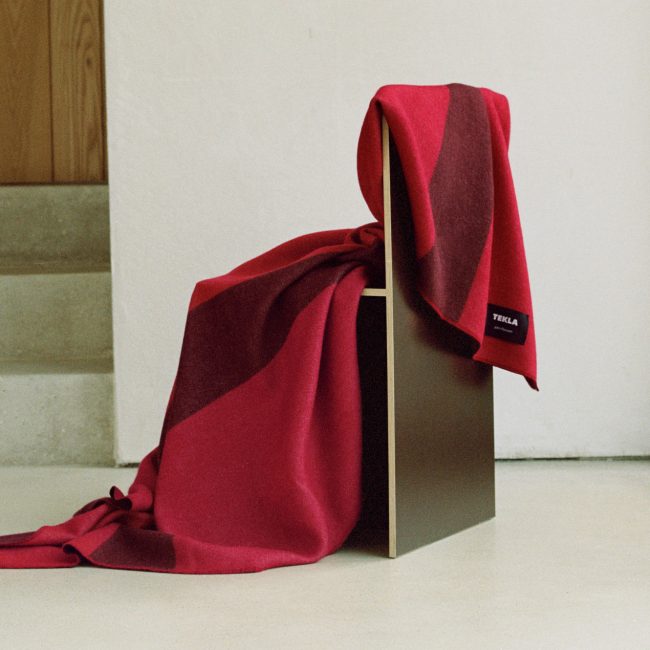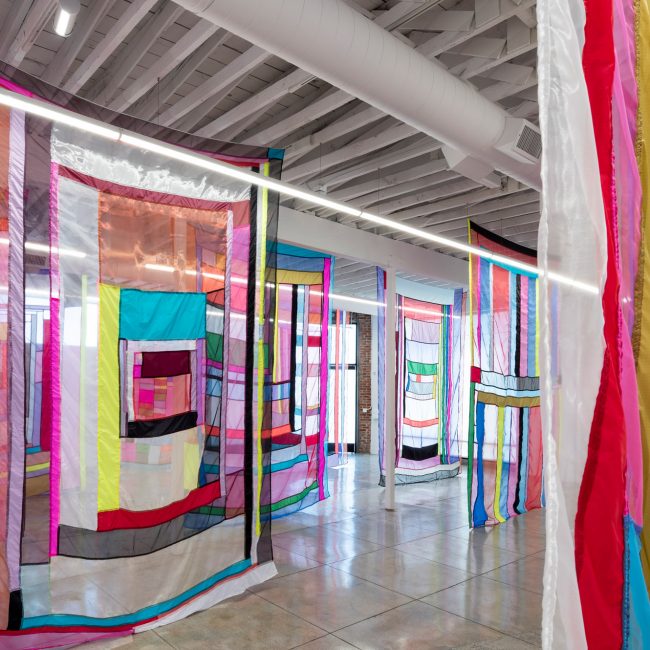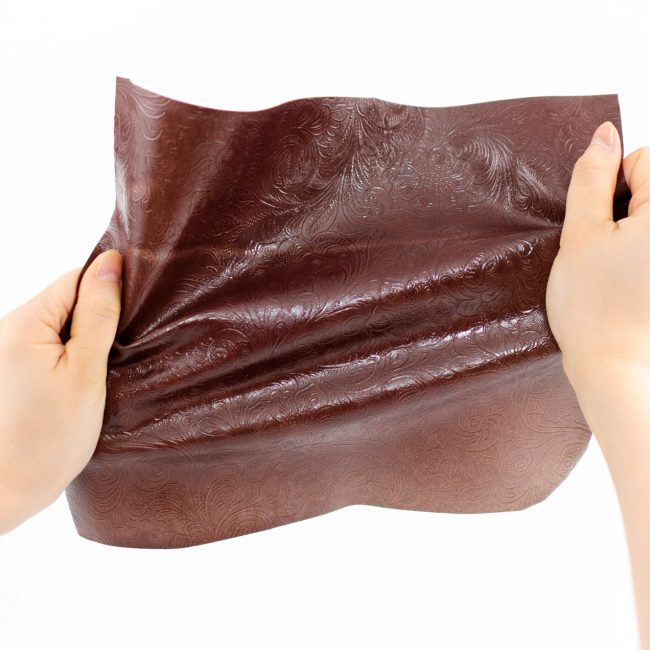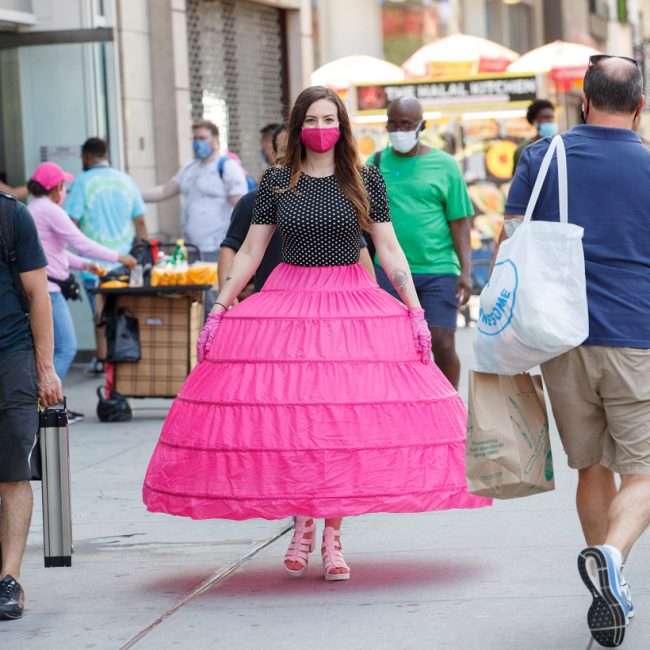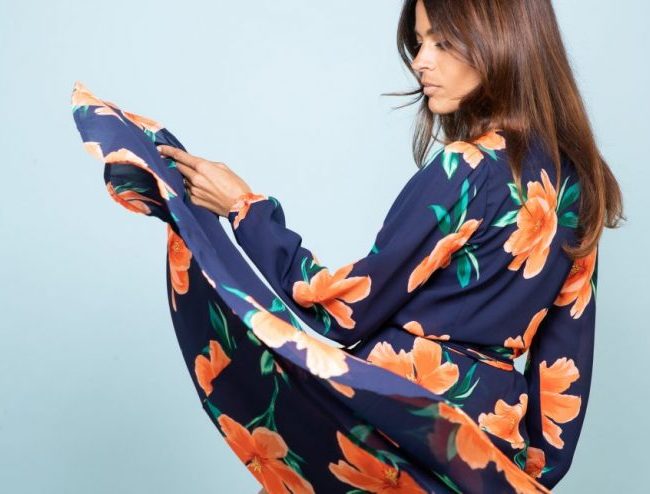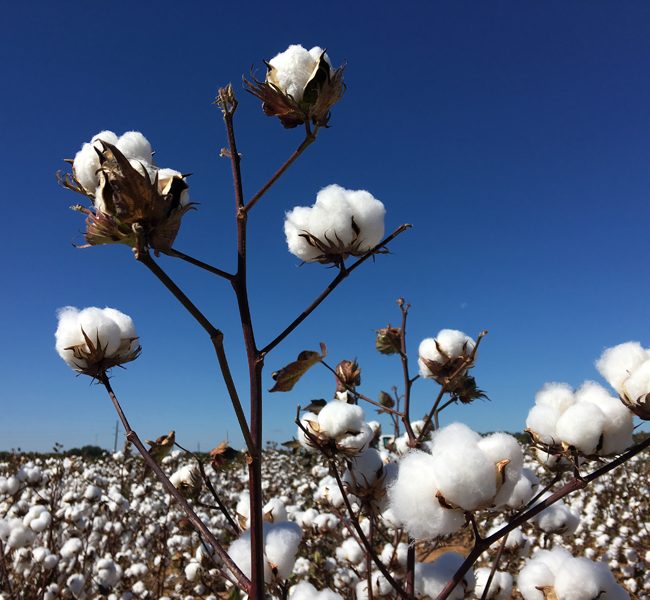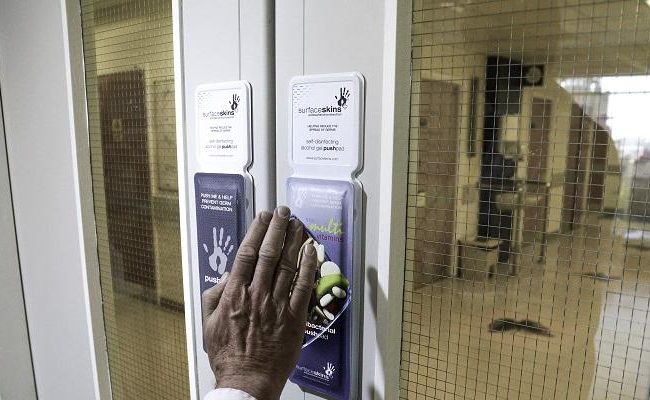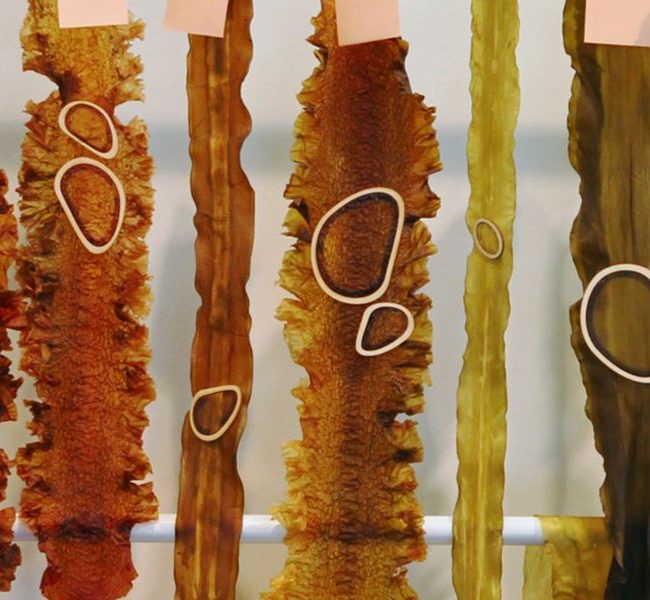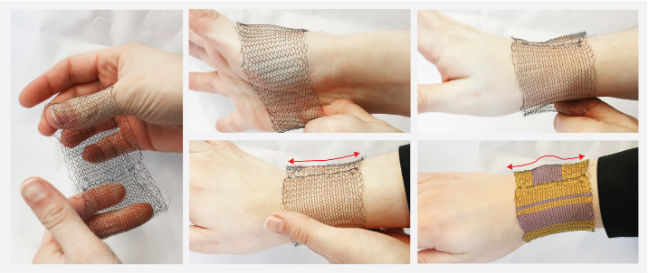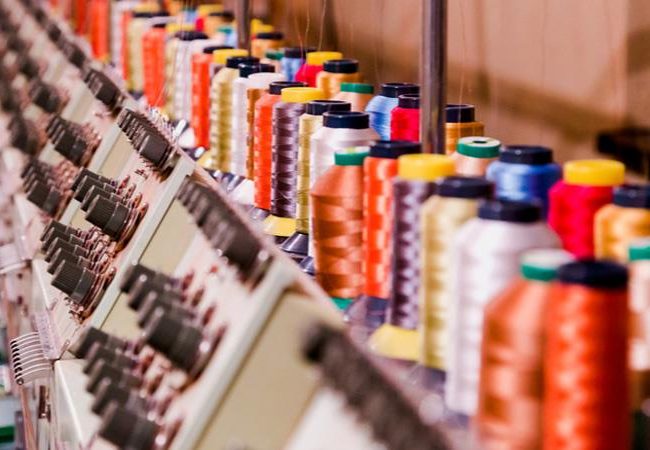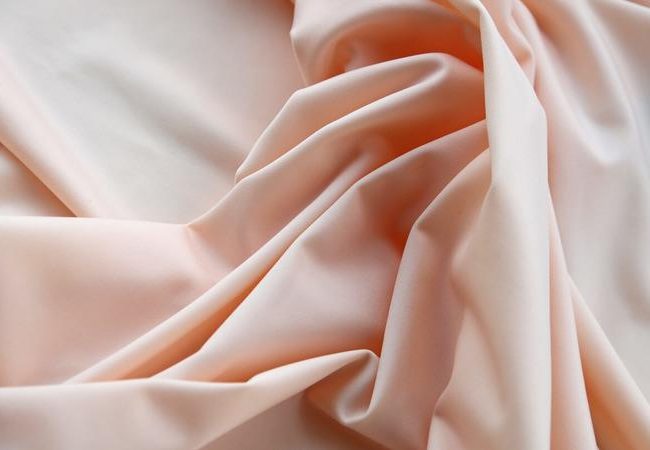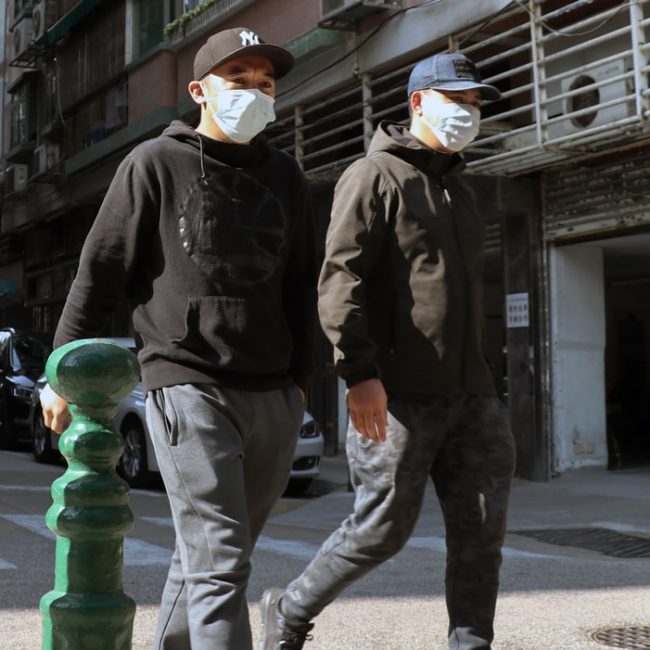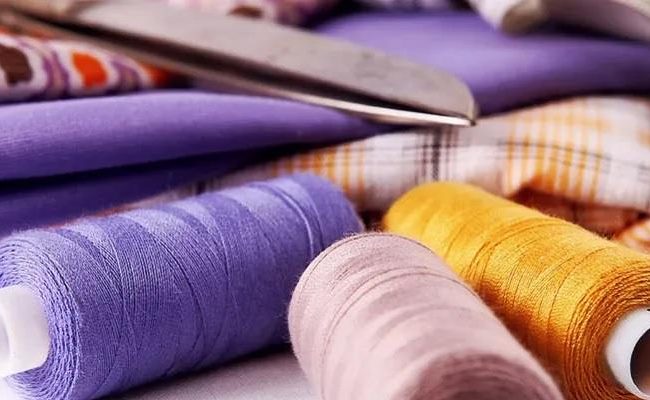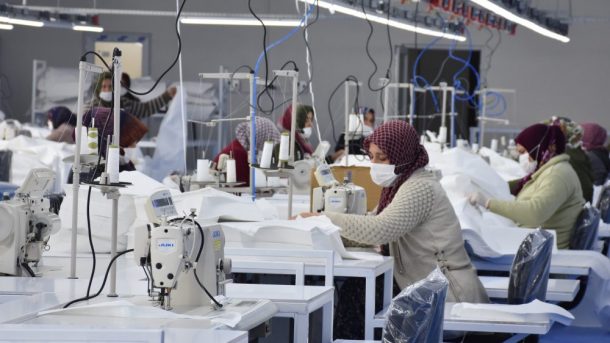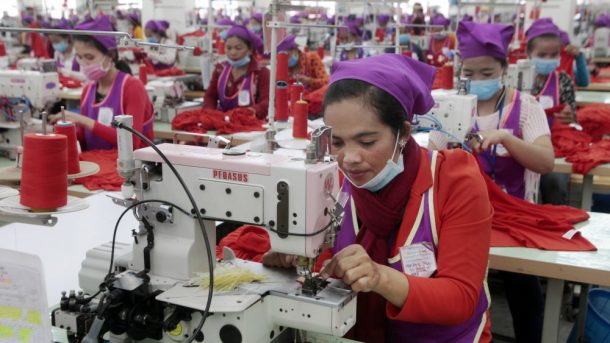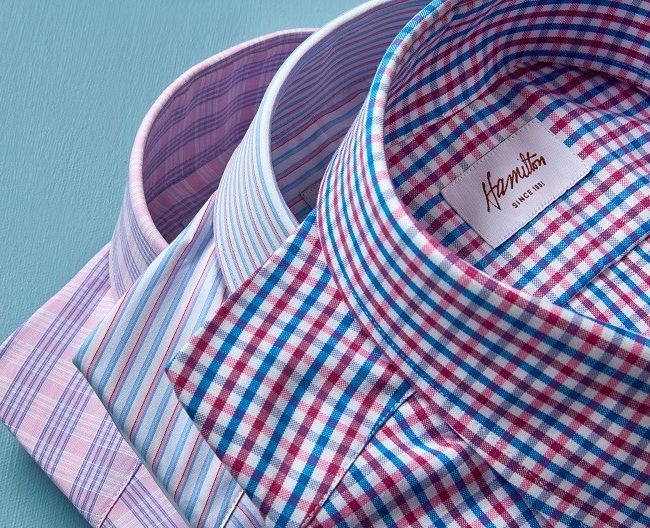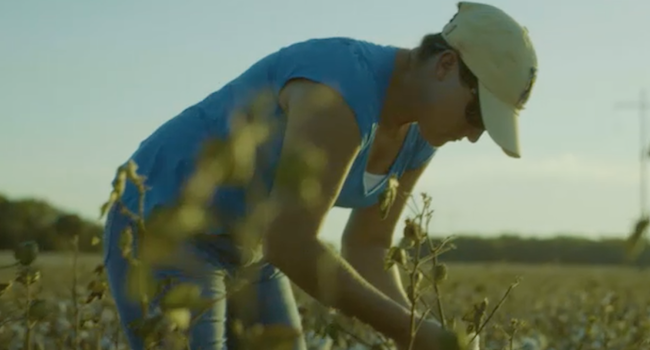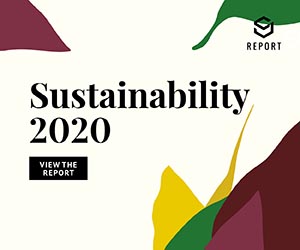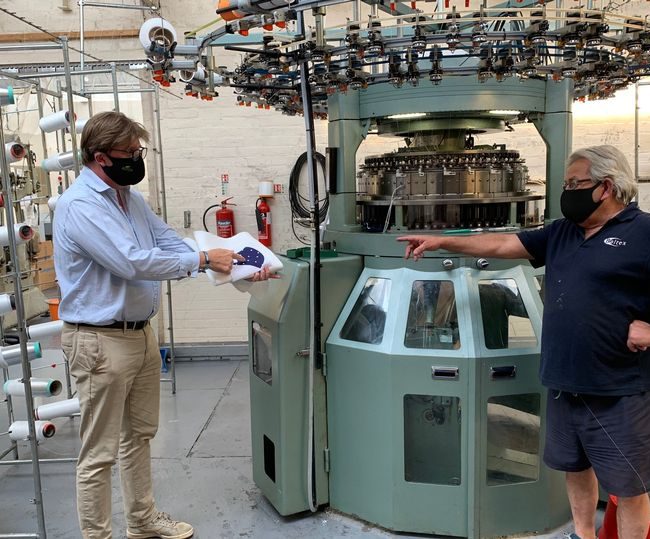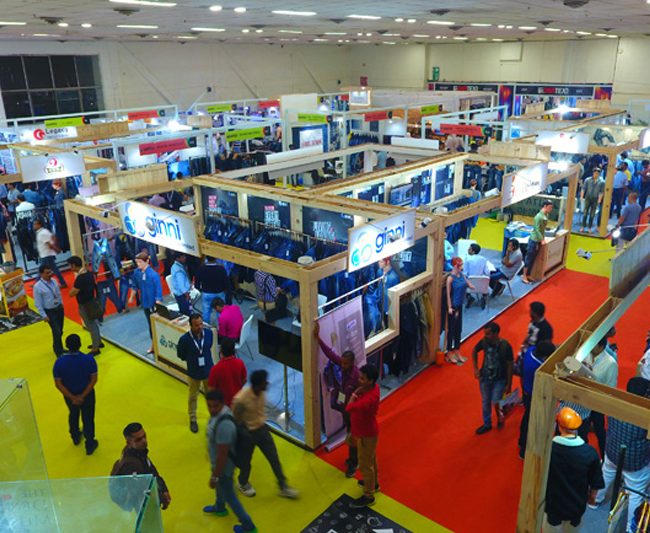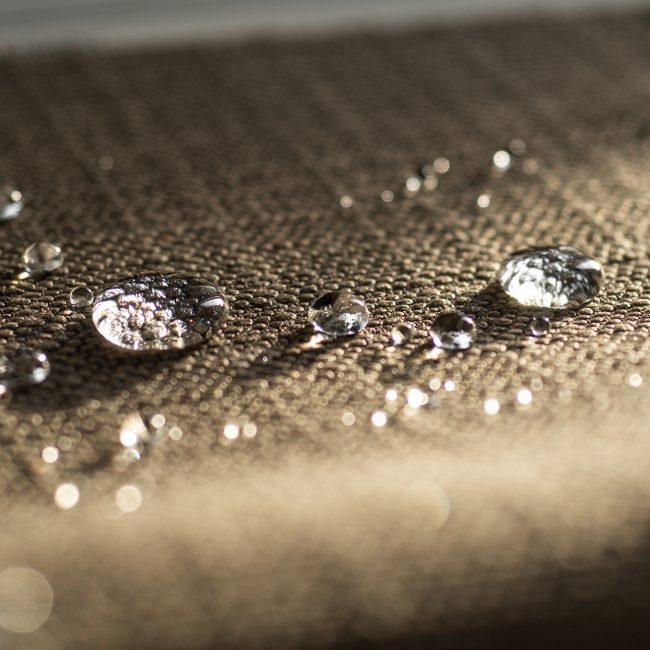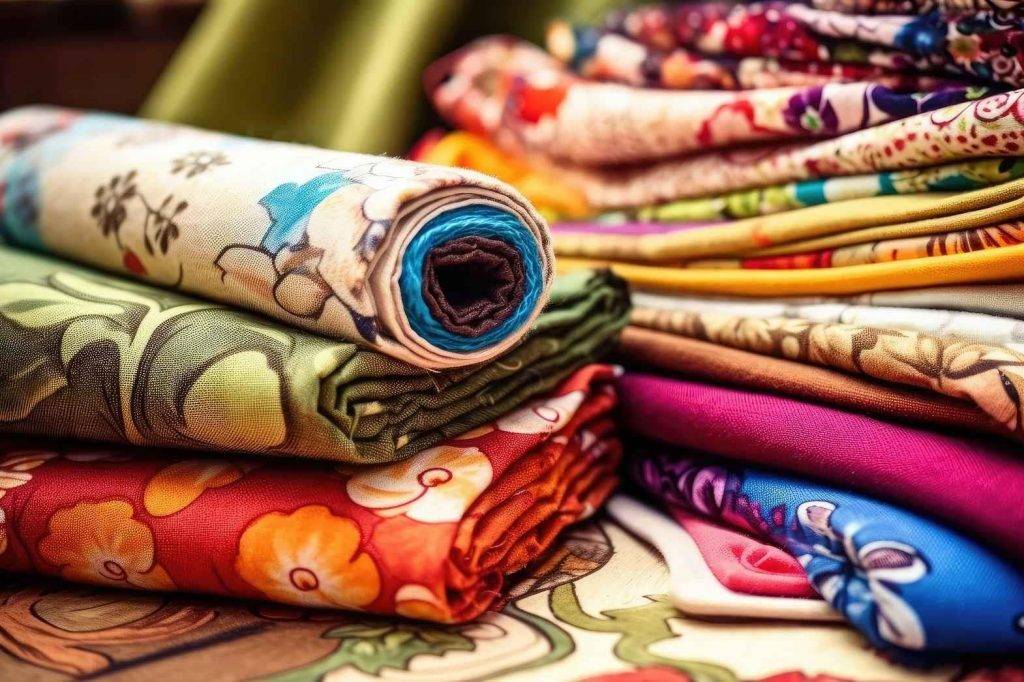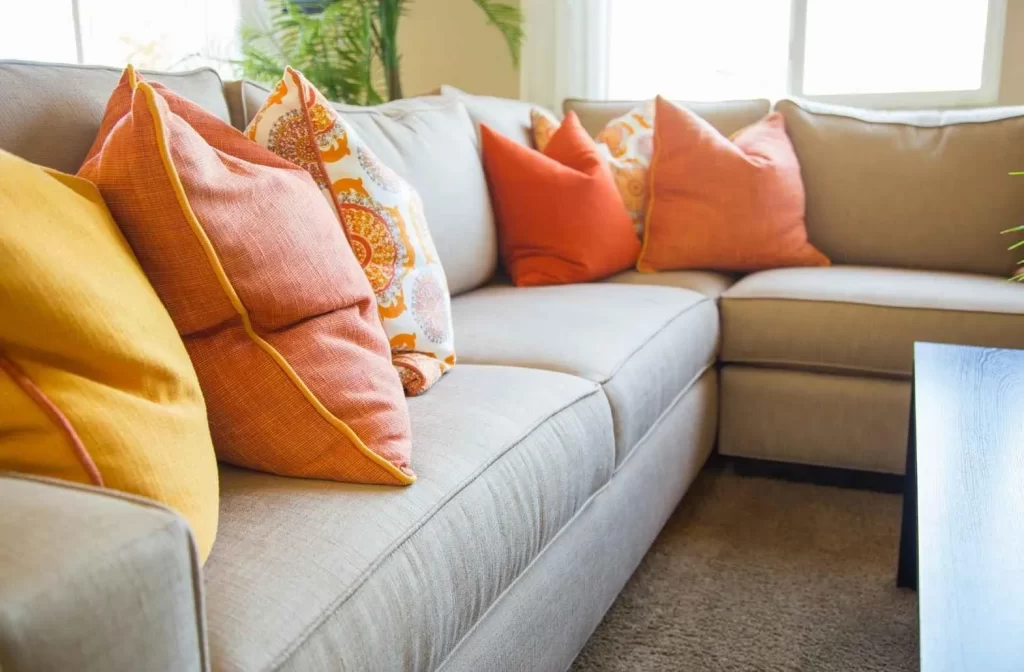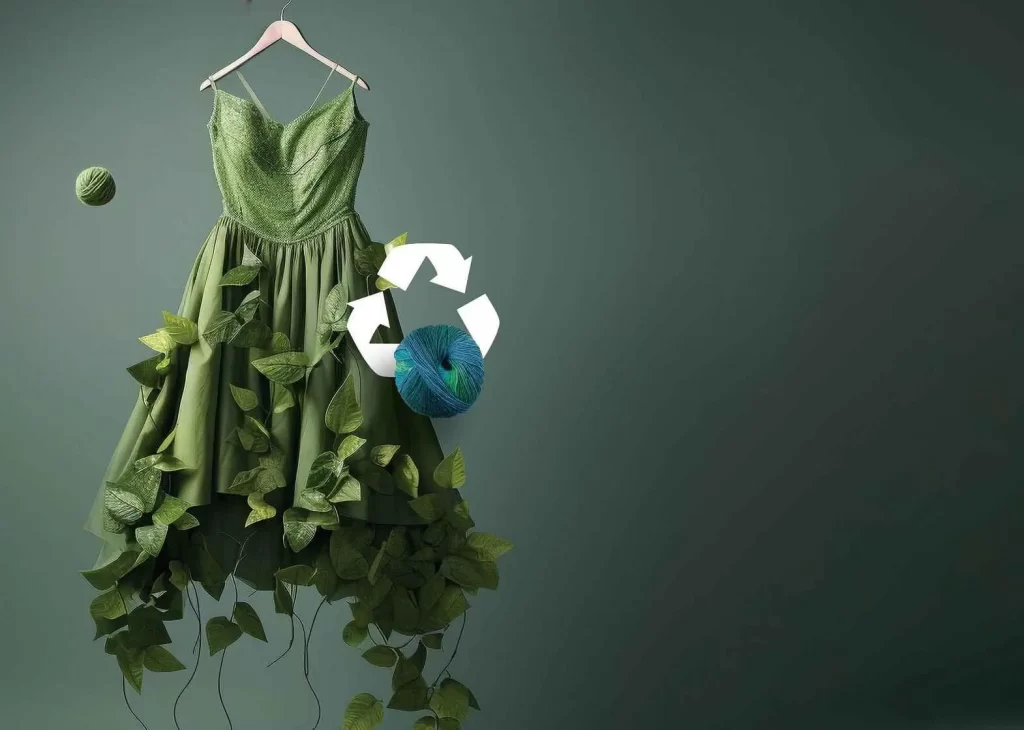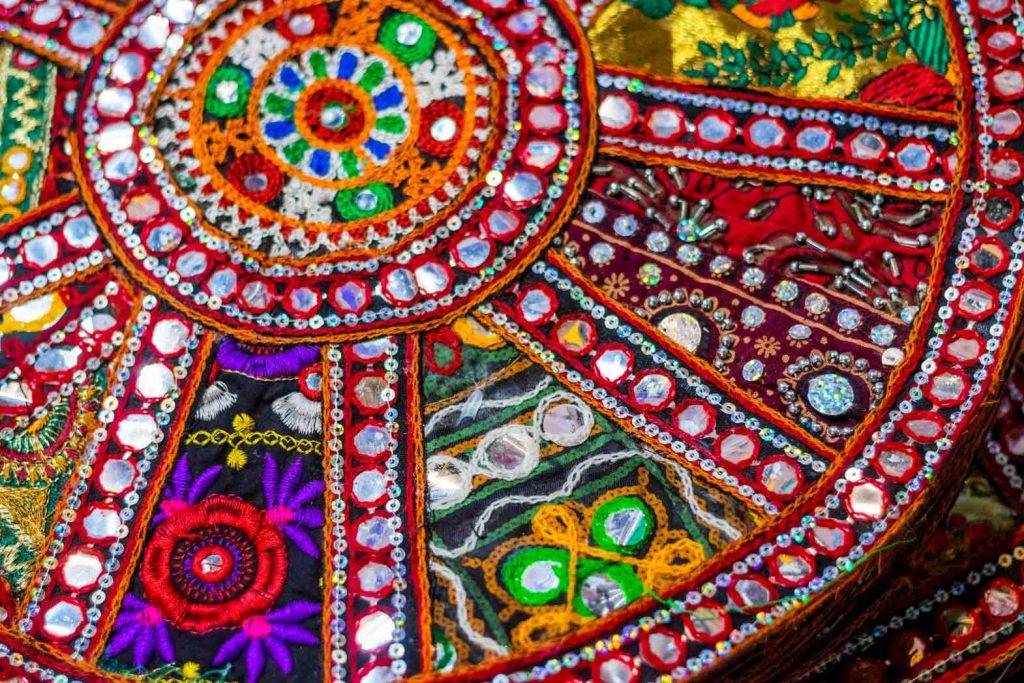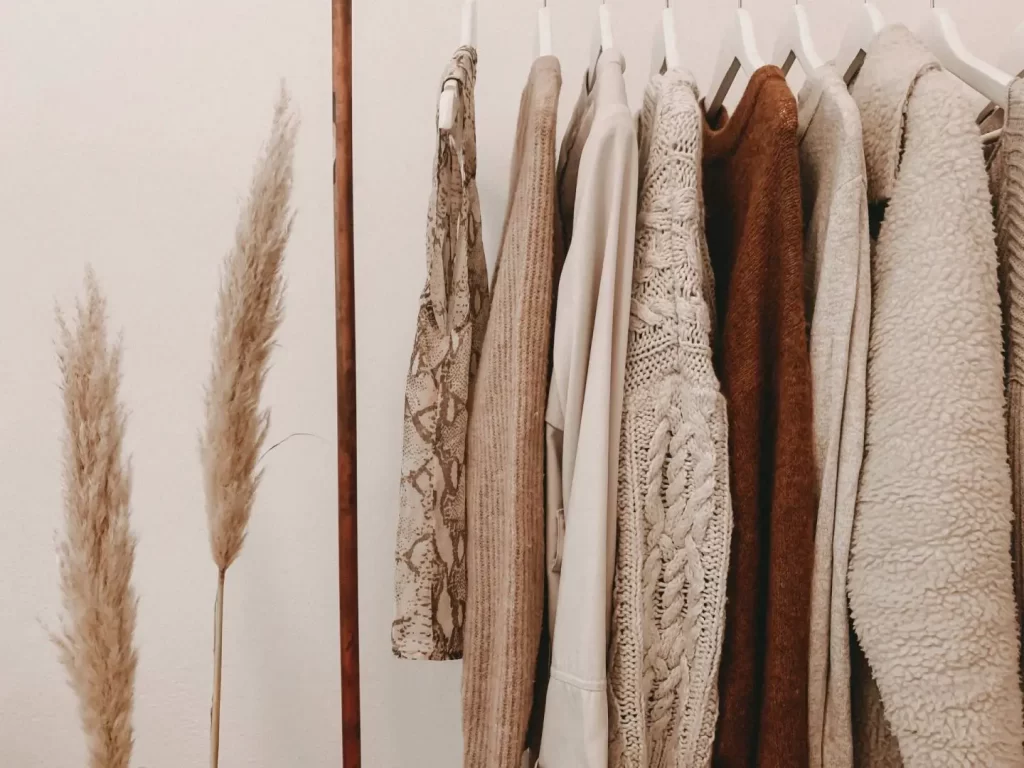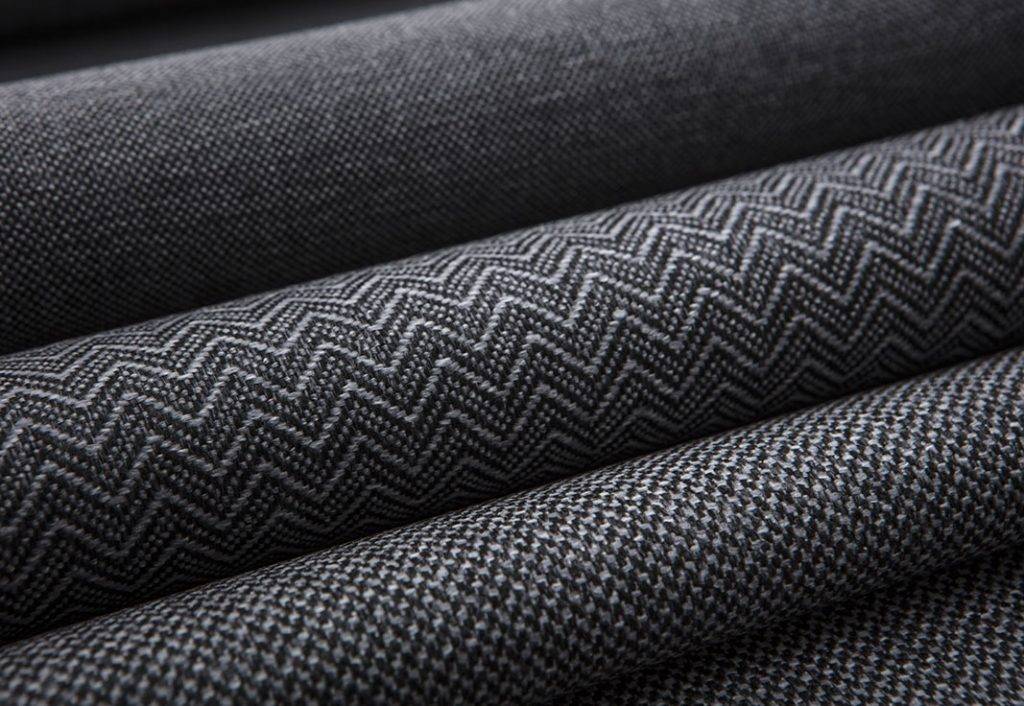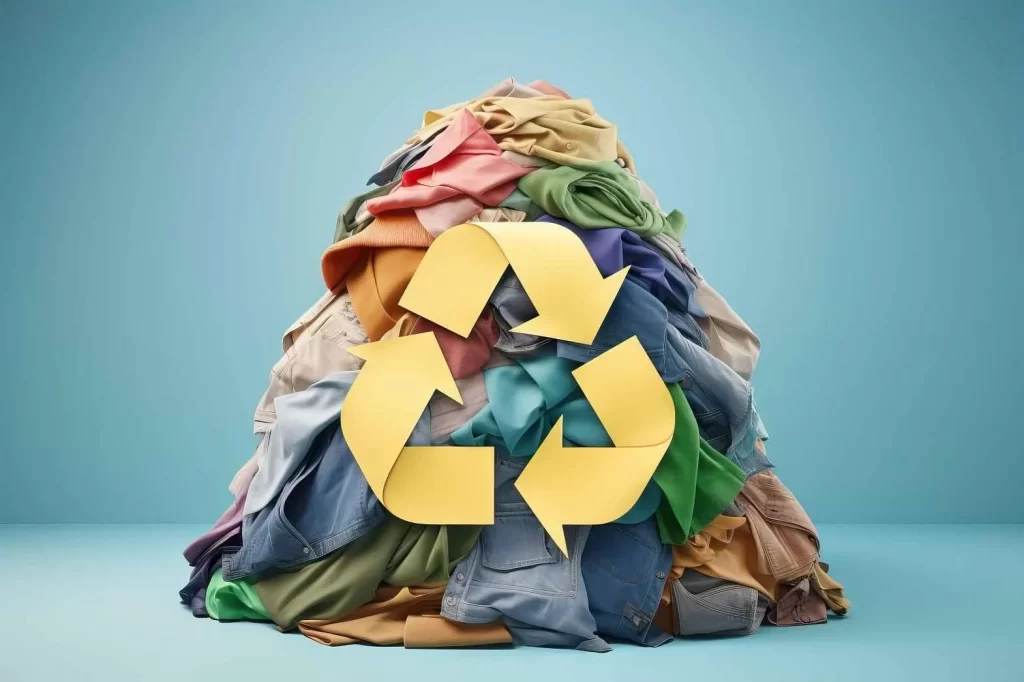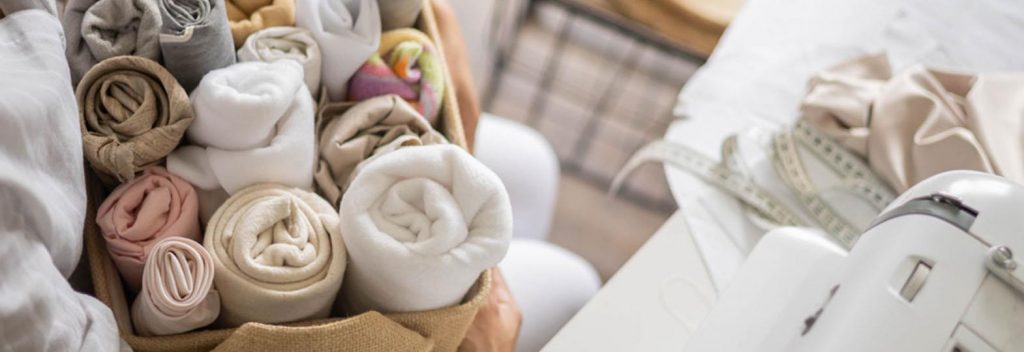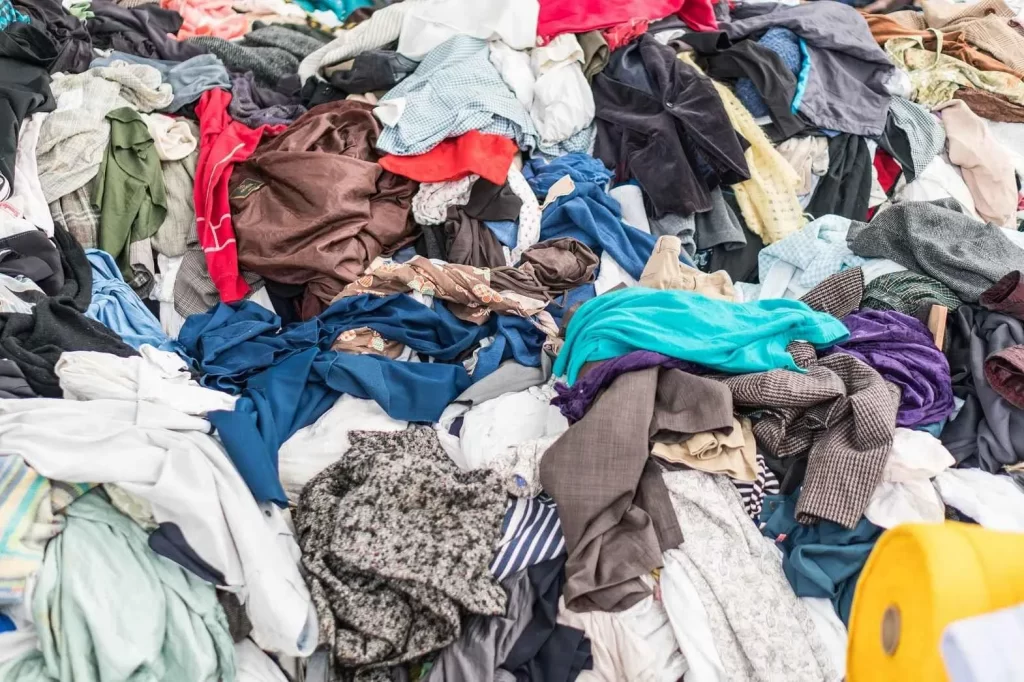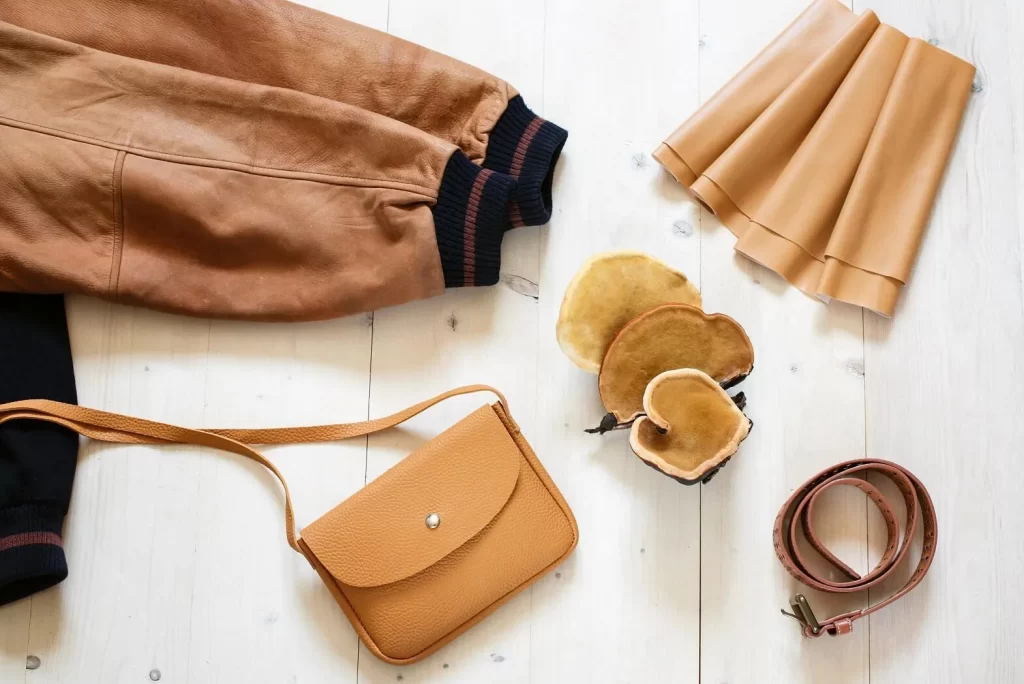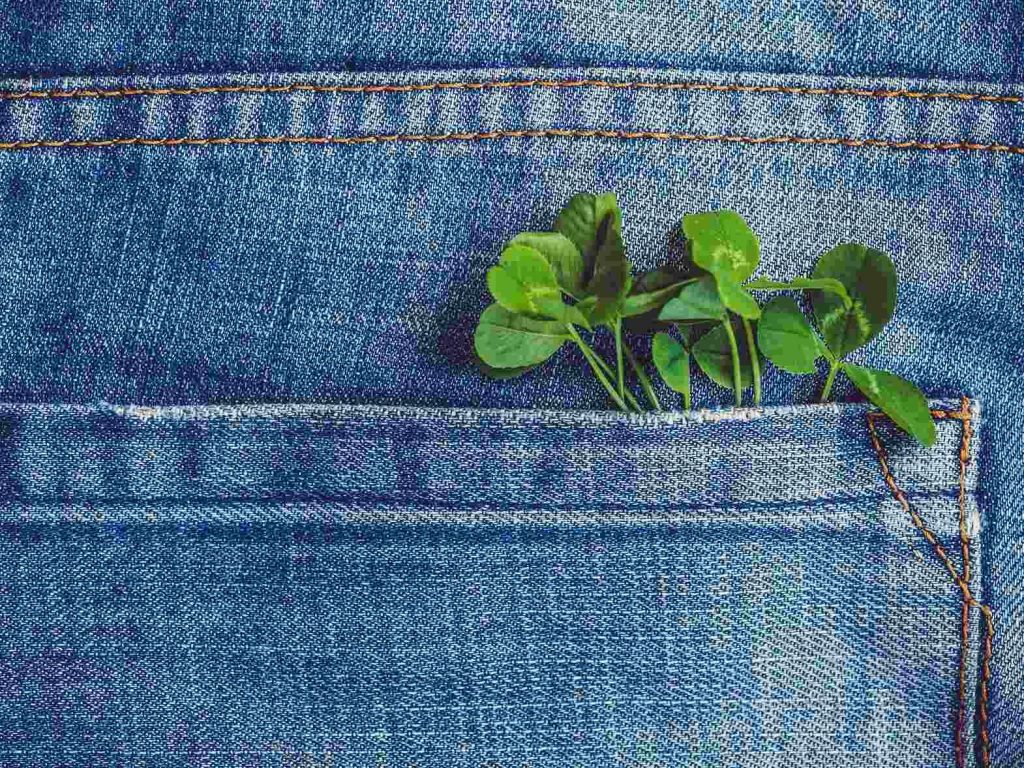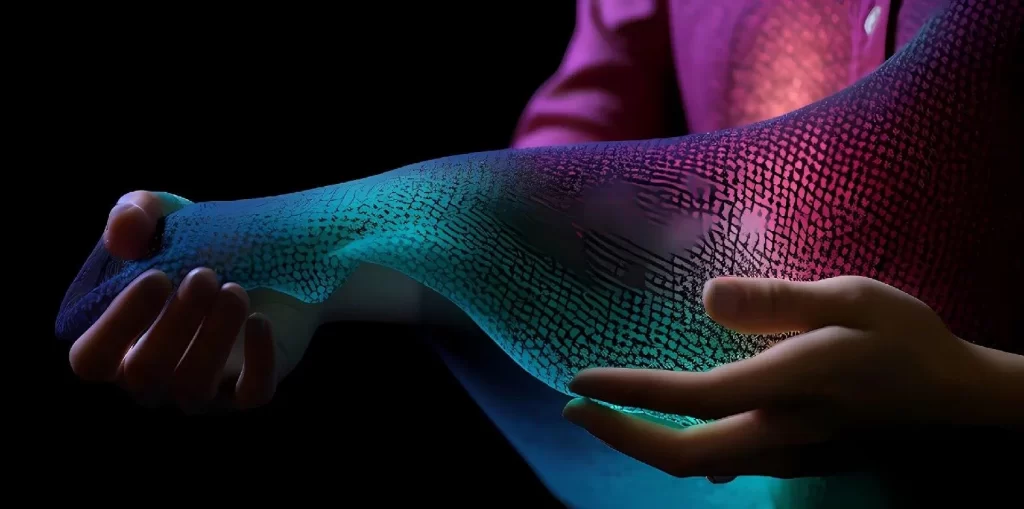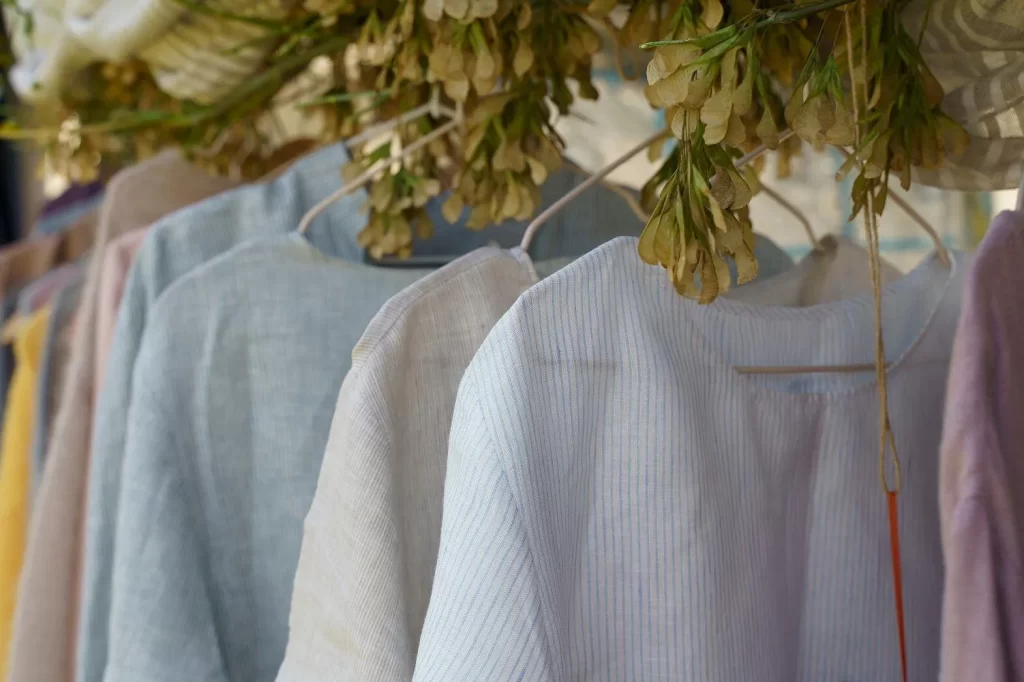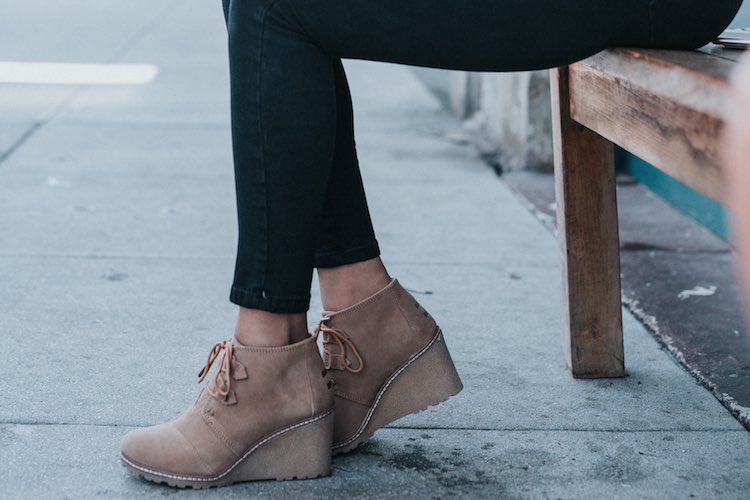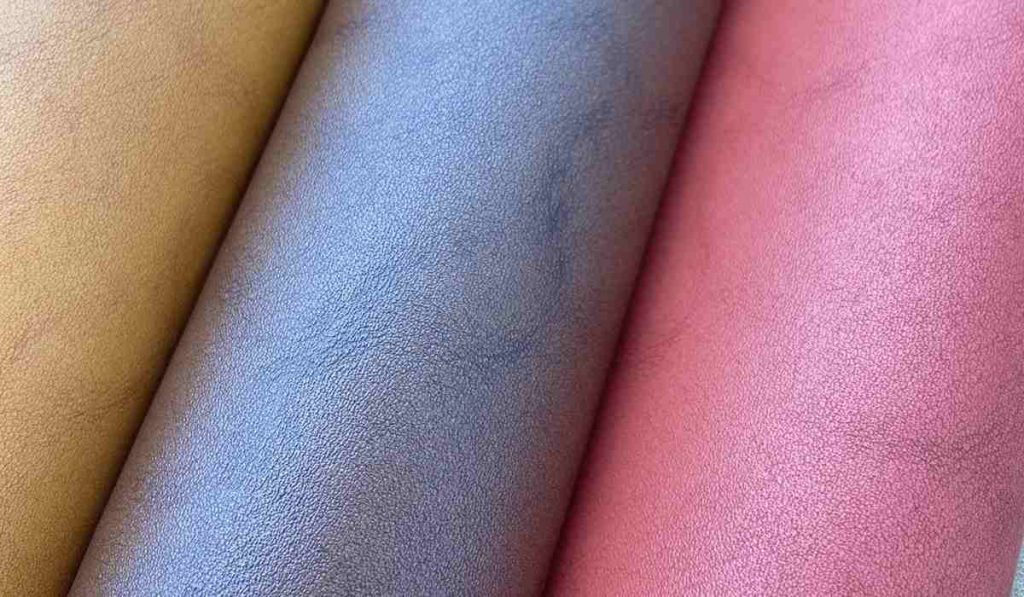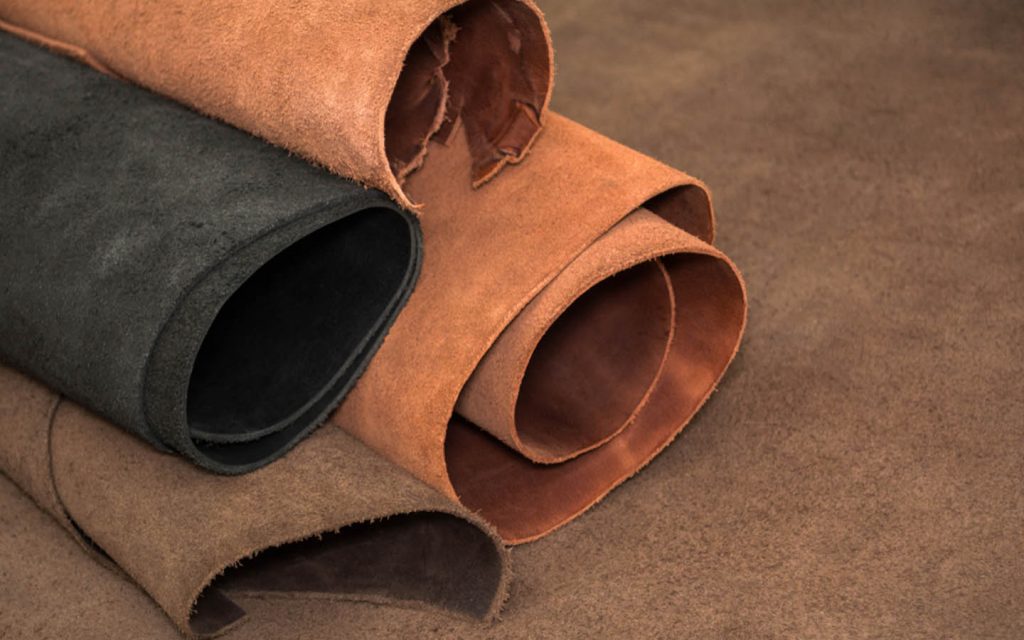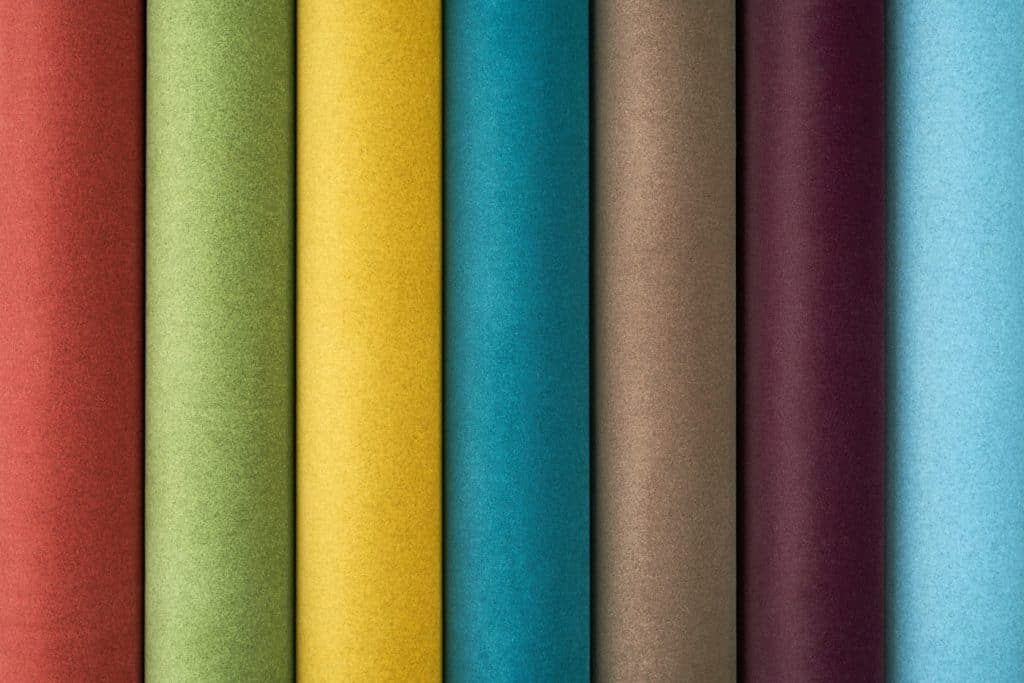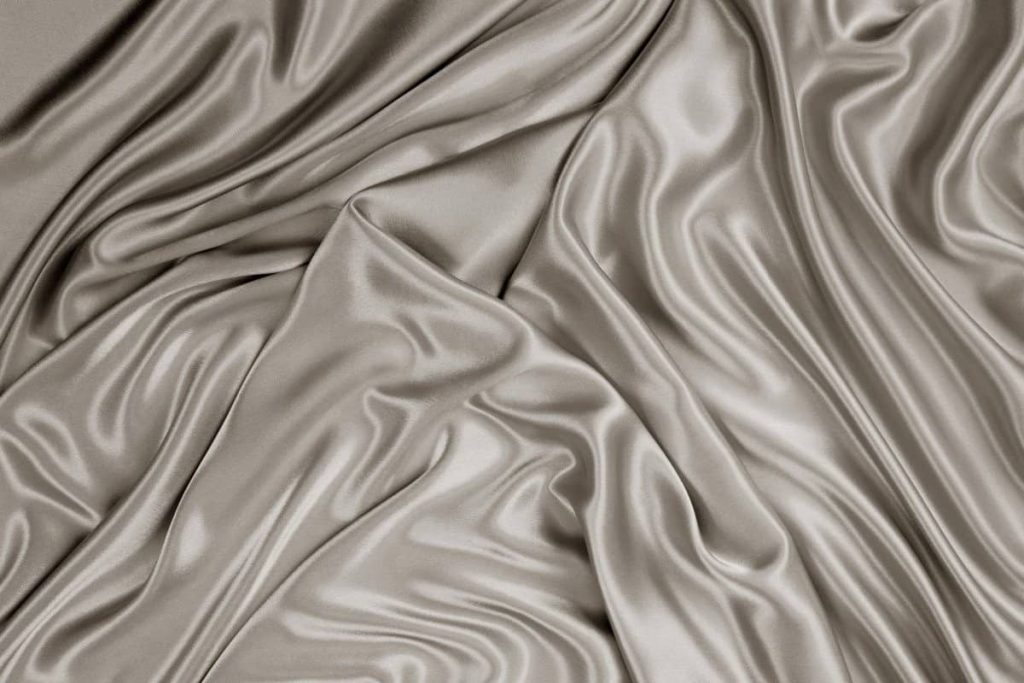The best muga silk fabric

It is well acknowledged that Muga silk, which has its origins in the Indian state of Assam, is one of the rarest fabric types of silk found anywhere in the world. Assam, the only other location in the world where it is produced, is the only place you can get it. This Silk is unlike any other release that has been released because the entire thing is golden yellow. This is what makes it stand out as being special. The colour yellow is referred to as ``Muga`` in Assamese, which is an indigenous language of India. The cause of the issue is the Muga silkworm, which has been around since the time of the dinosaurs and is so naturally sensitive that it cannot accept even the slightest quantities of contamination.
-
-
The term “Antheraea assamensis” refers to the semi-cultivated species of silkworm that is utilised in the production of this item. It is fully natural and organic, and it possesses the natural fibre that is the strongest. The cause of the issue is the Muga silkworm, which has been around since the time of the dinosaurs and is so naturally sensitive that it cannot accept even the slightest quantities of contamination. The term “Antheraea assamensis” refers to the semi-cultivated species of silkworm that is utilised in the production of this item. It is fully natural and organic, and it possesses the natural fibre that is the strongest. Because it is the most expensive type of silk, it is exclusively used in the production of items that are designed to appeal to more affluent segments of the market. Muga Silk is known for its exceptional durability, which is widely regarded as one of its key merits. It is commonly believed that a piece of clothing made from Muga Silk will outlive the individual who wears it. He is known for his ability to bounce back from adversity in an extraordinary fashion. You can give it the illusion of being smooth by ironing it dry while it is still damp, or you can give it the look of being crushed by not ironing it at all.
 Both results will give it the appearance of being smooth. It is a one-of-a-kind fabric in which the golden sheen gets more noticeable as more wear and tear is put on it. Through the use of thread, you can embroider practically any design you can think of onto it. Most importantly, even though it already has a natural golden sheen and does not need to be tinted, it is fully compatible with the majority of colours. This is maybe the single most important benefit. The commencement as well as the preceding history The cultivation of Muga silkworms and the weaving of Muga silk fabrics have been around for a very long time, according to several historical texts; nonetheless, the golden age of Muga silk manufacturing occurred between the years 1228 and 1828, when Ahom rulers were in power. The establishment of Muga Silk as a viable commercial enterprise enjoyed the support of Ahom authorities. They had ordered that all top officials in the kingdom should wear exclusively garments made of Muga silk by the regulation, and they had legislated that this should take place. Because they were overseen by the royal family, many of the looms that were used to weave Muga silk were referred to as Rajaghoria looms. This name stuck. current circumstance The West Garo and West Khasi hills of Assam are where the vast bulk of Muga silk is cultivated, and these hills are the only places in the world where the silkworms, Som and Soalu, that are responsible for the creation of MUGA silk yarn can be found.
Both results will give it the appearance of being smooth. It is a one-of-a-kind fabric in which the golden sheen gets more noticeable as more wear and tear is put on it. Through the use of thread, you can embroider practically any design you can think of onto it. Most importantly, even though it already has a natural golden sheen and does not need to be tinted, it is fully compatible with the majority of colours. This is maybe the single most important benefit. The commencement as well as the preceding history The cultivation of Muga silkworms and the weaving of Muga silk fabrics have been around for a very long time, according to several historical texts; nonetheless, the golden age of Muga silk manufacturing occurred between the years 1228 and 1828, when Ahom rulers were in power. The establishment of Muga Silk as a viable commercial enterprise enjoyed the support of Ahom authorities. They had ordered that all top officials in the kingdom should wear exclusively garments made of Muga silk by the regulation, and they had legislated that this should take place. Because they were overseen by the royal family, many of the looms that were used to weave Muga silk were referred to as Rajaghoria looms. This name stuck. current circumstance The West Garo and West Khasi hills of Assam are where the vast bulk of Muga silk is cultivated, and these hills are the only places in the world where the silkworms, Som and Soalu, that are responsible for the creation of MUGA silk yarn can be found. In addition, some muga silk is produced in the West Garo hills of Assam, although only a very small amount. In the region of the Garo Hills, it is common for a silk farmer to own at least one acre of land, on which he can cultivate roughly 400 grammes of Muga silk at a time. This quantity of silk can be harvested in a single harvest. Dresses that are embroidered with this exquisite silk in the shape of flowers, leaves, trees, and Bihu structures, offer the wearer a stunning and one-of-a-kind appearance; these dresses are known as obis. Women in Assam wear a garment called a “mehelka – sadar,” which is pretty comparable to a sari. Men in Assam wear garments called “kurtas,” which are quite similar to kurtas. The silk of this type was typically utilised throughout the manufacturing process of both of these types of clothes. It is essential to keep in mind that roughly 1000 cocoons are required to generate 125 grammes of silk and that around 1000 grammes of silk are required to make a single sari. Remembering this amazing equation is going to be very important. In addition, the time it takes to make a single sari, beginning with the rearing of silkworms and finishing with the finished product, is around two months. This period begins with the creation of raw materials. The process of weaving a Muga silk saree can take anywhere from five to 10 days to finish, depending on how complex the design is.
In addition, some muga silk is produced in the West Garo hills of Assam, although only a very small amount. In the region of the Garo Hills, it is common for a silk farmer to own at least one acre of land, on which he can cultivate roughly 400 grammes of Muga silk at a time. This quantity of silk can be harvested in a single harvest. Dresses that are embroidered with this exquisite silk in the shape of flowers, leaves, trees, and Bihu structures, offer the wearer a stunning and one-of-a-kind appearance; these dresses are known as obis. Women in Assam wear a garment called a “mehelka – sadar,” which is pretty comparable to a sari. Men in Assam wear garments called “kurtas,” which are quite similar to kurtas. The silk of this type was typically utilised throughout the manufacturing process of both of these types of clothes. It is essential to keep in mind that roughly 1000 cocoons are required to generate 125 grammes of silk and that around 1000 grammes of silk are required to make a single sari. Remembering this amazing equation is going to be very important. In addition, the time it takes to make a single sari, beginning with the rearing of silkworms and finishing with the finished product, is around two months. This period begins with the creation of raw materials. The process of weaving a Muga silk saree can take anywhere from five to 10 days to finish, depending on how complex the design is.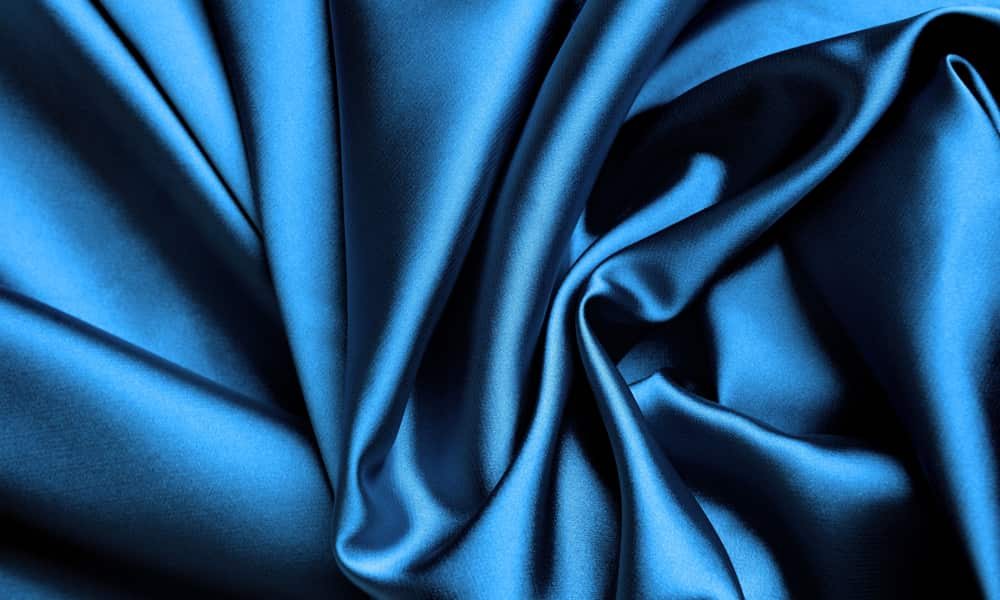 Who exactly are those people concealing behind the curtain? Members of the Garo community are, in the vast majority of instances, the ones who are responsible for the production of Muga Silk. [citation needed] I’d want to draw special attention to Miss Vivian Sangma as a deserving recipient of recognition. She established a post-cocoon silk business in Tura, which is found in the West Garo hills of Assam, all by her lonesome. This sector of the economy is responsible for both the production of yarn made of silk and the completion of the weaving process. The Central Silk Board of the Government of India has recognised his company’s expertise in the silk industry by awarding it the status of Silk Mark holder certification. There is a diverse selection of options available to choose from when it comes to Muga silk. Among other things, it is utilised in the manufacturing of sarees, kurtas, caps, bonnets, scarves, jackets, stoles, quilts, bridal clothing, and upholstery. Novelties It has been determined that people living in urban areas do not wear Mehelka-Sadar, so an ordinary Muga silk saree with a length of five metres has been produced to appeal to these people. Maintenance It is possible to gently clean fabrics made of Muga Silk by washing them in cold water with a moderate detergent. This method is recommended for fragile fabrics.
Who exactly are those people concealing behind the curtain? Members of the Garo community are, in the vast majority of instances, the ones who are responsible for the production of Muga Silk. [citation needed] I’d want to draw special attention to Miss Vivian Sangma as a deserving recipient of recognition. She established a post-cocoon silk business in Tura, which is found in the West Garo hills of Assam, all by her lonesome. This sector of the economy is responsible for both the production of yarn made of silk and the completion of the weaving process. The Central Silk Board of the Government of India has recognised his company’s expertise in the silk industry by awarding it the status of Silk Mark holder certification. There is a diverse selection of options available to choose from when it comes to Muga silk. Among other things, it is utilised in the manufacturing of sarees, kurtas, caps, bonnets, scarves, jackets, stoles, quilts, bridal clothing, and upholstery. Novelties It has been determined that people living in urban areas do not wear Mehelka-Sadar, so an ordinary Muga silk saree with a length of five metres has been produced to appeal to these people. Maintenance It is possible to gently clean fabrics made of Muga Silk by washing them in cold water with a moderate detergent. This method is recommended for fragile fabrics. Overall usability Already popular in the United States, Europe, South Africa, and the Middle East, Muga Silk appears to be making its way to Japan, where designers are using it to make kimonos and other traditional Japanese dresses. The following are some facts and analogies that are thought-provoking to contemplate. For any Assamese lady who is a member of the middle class, owning a saree made of Muga silk is an asset that is highly prized and sought after.
Overall usability Already popular in the United States, Europe, South Africa, and the Middle East, Muga Silk appears to be making its way to Japan, where designers are using it to make kimonos and other traditional Japanese dresses. The following are some facts and analogies that are thought-provoking to contemplate. For any Assamese lady who is a member of the middle class, owning a saree made of Muga silk is an asset that is highly prized and sought after.- In the year 2007, the Muga Silk of Assam was granted recognition as a Geographical Indication (GI) of Assam by the legislation that governs the rights to intellectual property.
-
Other News
Unravelling Asia’s Textile Dominance: Strategic Advantages and Future Prospects in the Global Market
Innovations in Home Textiles Industry: Revolutionising Comfort & Style
Decoding Germany’s Budget Crisis and its Likely Impact on the Textile-Apparel Industry
Best quality fabrics for clothes | Top 10 textile countries in the world
Best quality fabrics for clothes | Top 10 textile countries in the world
What is jacquard fabric? Different types of jacquard fabric.
Consumer Textile Recycling: Emerging Technologies Shaping Sustainable Fashion
Factors that will Impact the Textile Value Chain in 2023
Solving Fabric Waste for a Greener Fashion World
Eco Innovation in Fashion: Revolutionising the Industry
Denim Brands: Moving Towards a Greener Future
Functional Textiles: Blending Innovation with Sustainability
Organic Fabrics for Sustainable and Luxurious Living
Differences in foot shape when wearing wedge-heeled shoes with elevated forefoot height and heel height
Introduction of pvc leather fabric
Original Leather in Pakistan; Natural Thick High Resistance Durability Soft Flexible
Silk Tricot Fabric; Circular Weaves Sturdy High Resistance Not Irritated Skin
How useful was this post?
Click on a star to rate it!
Average rating 4.7 / 5. Vote count: 7
No votes so far! Be the first to rate this post.
